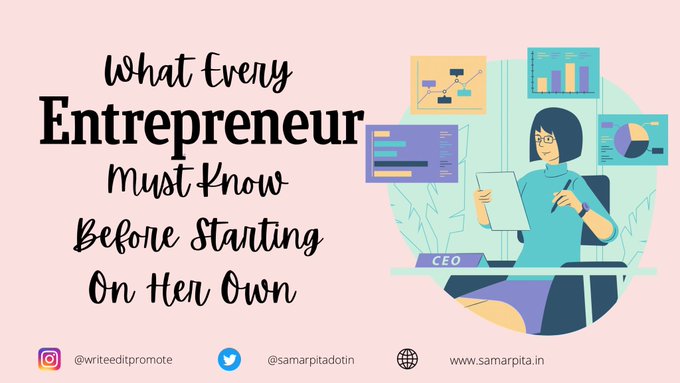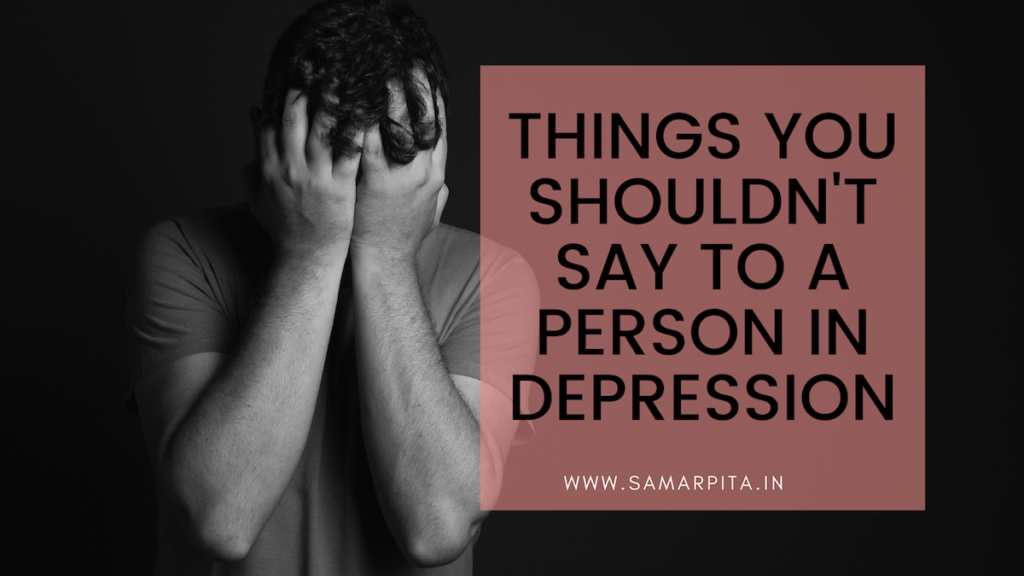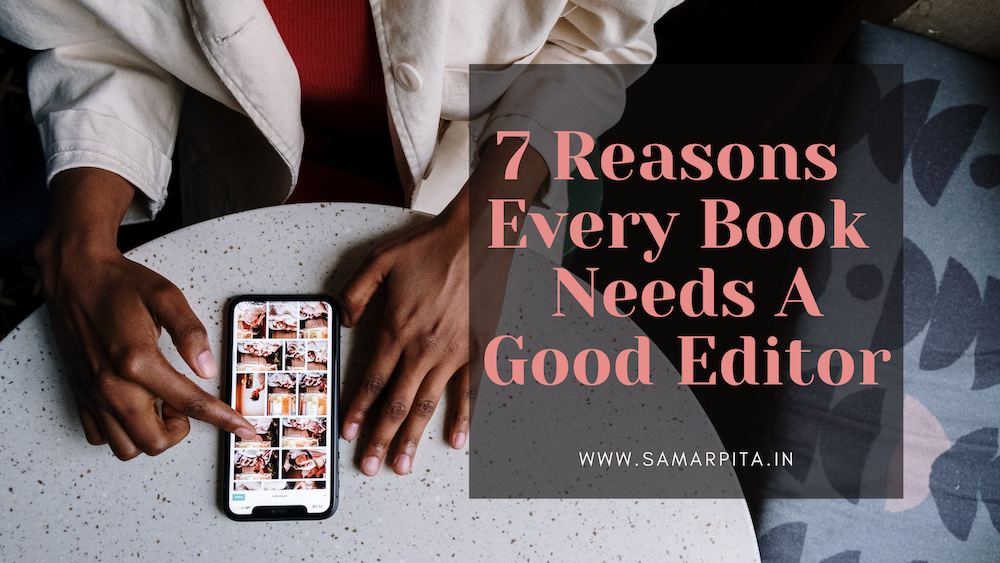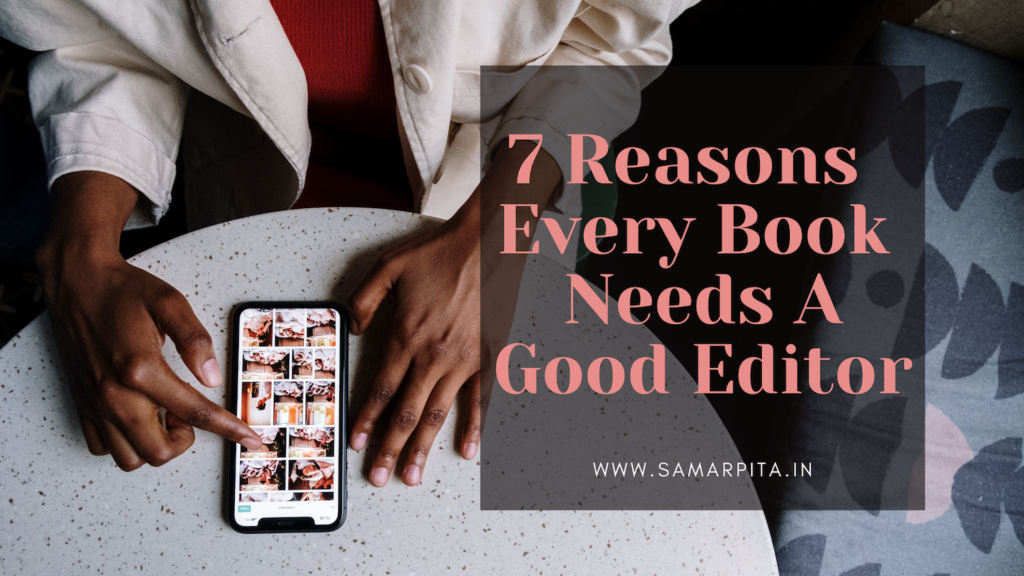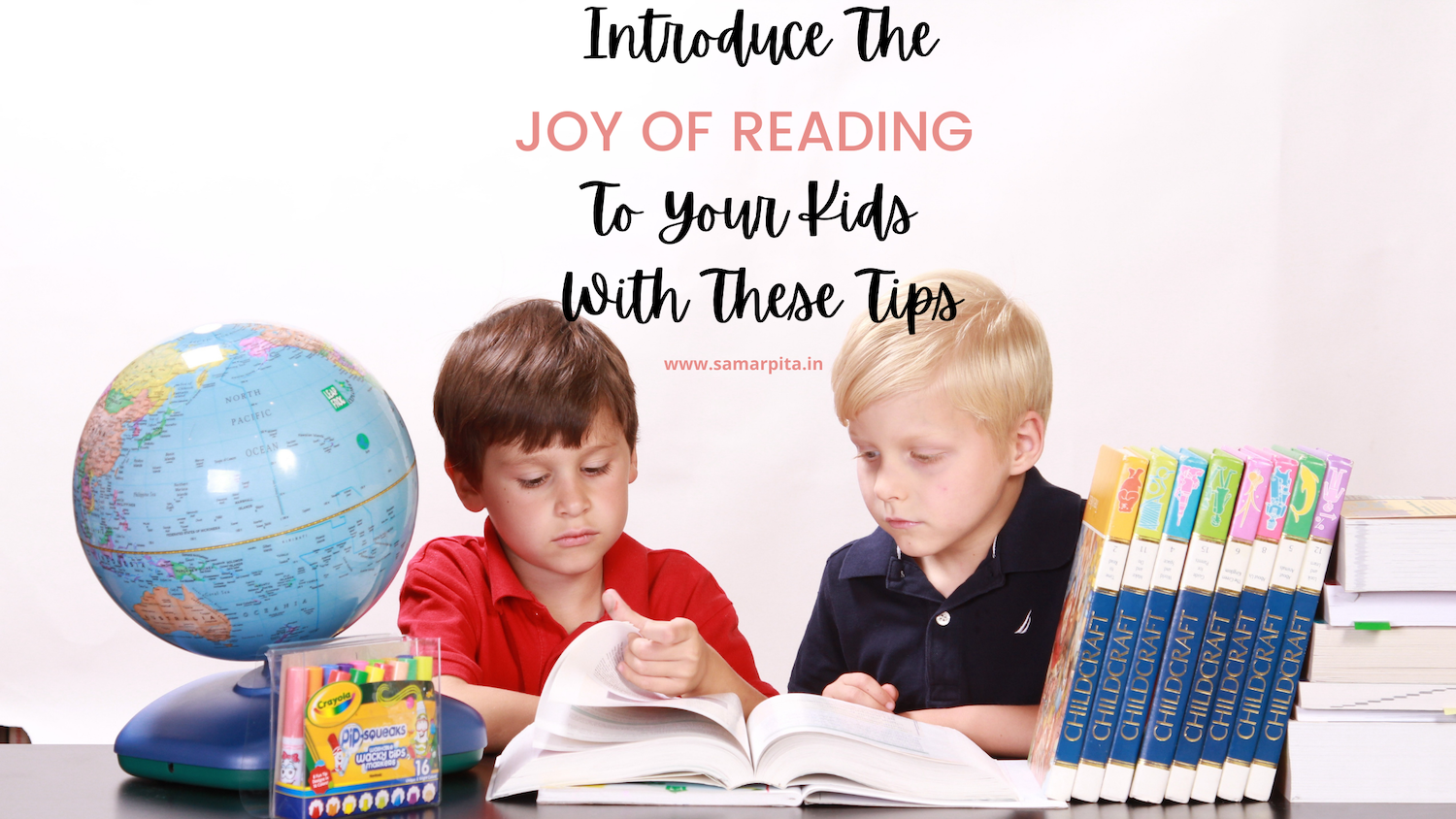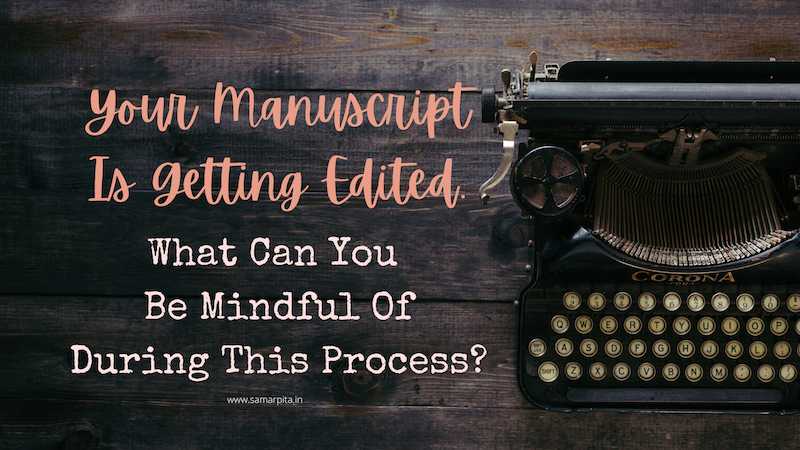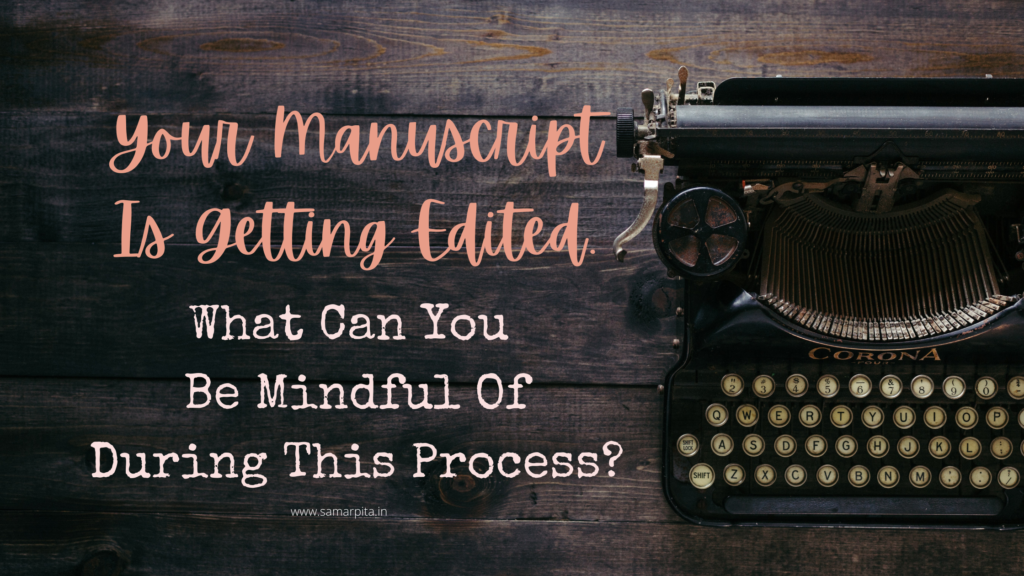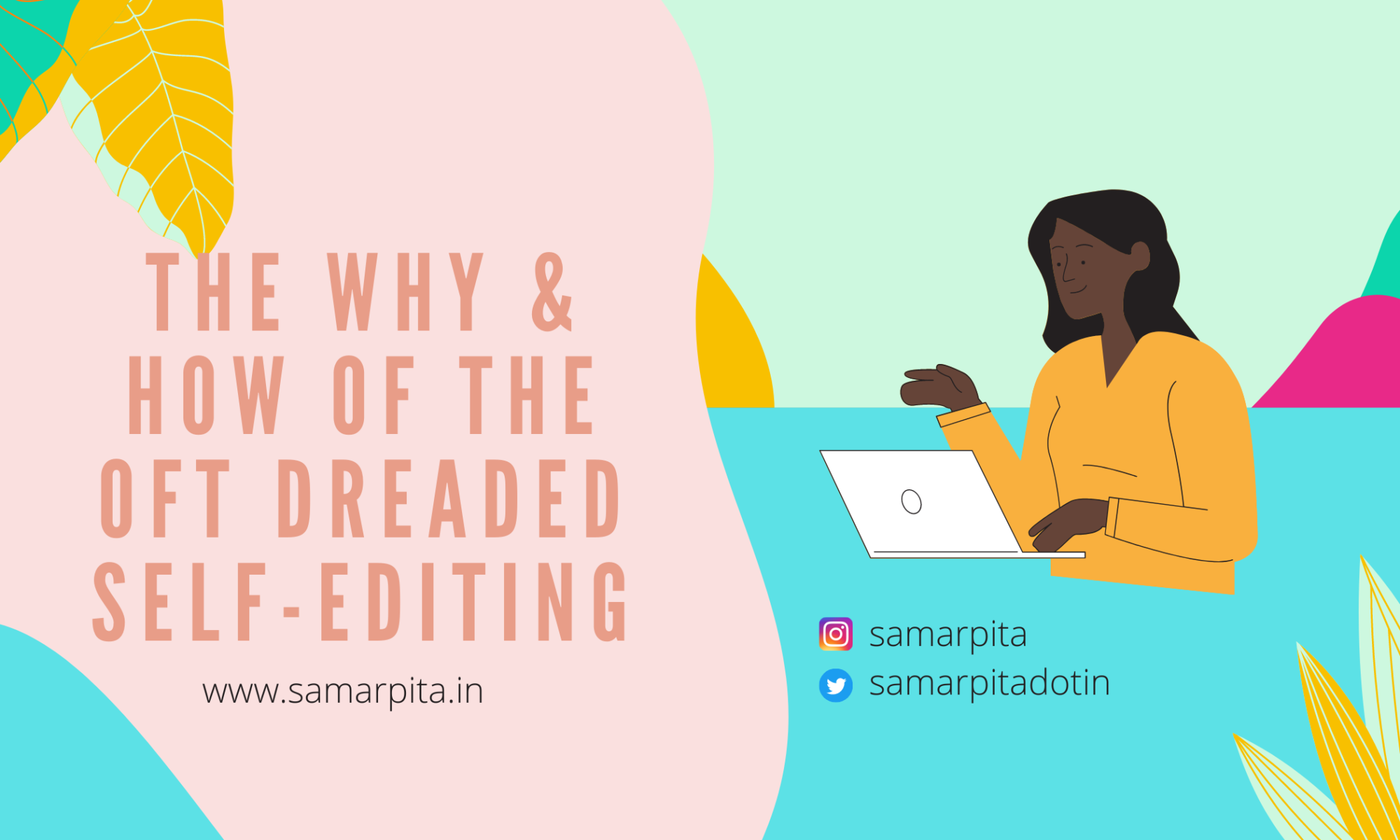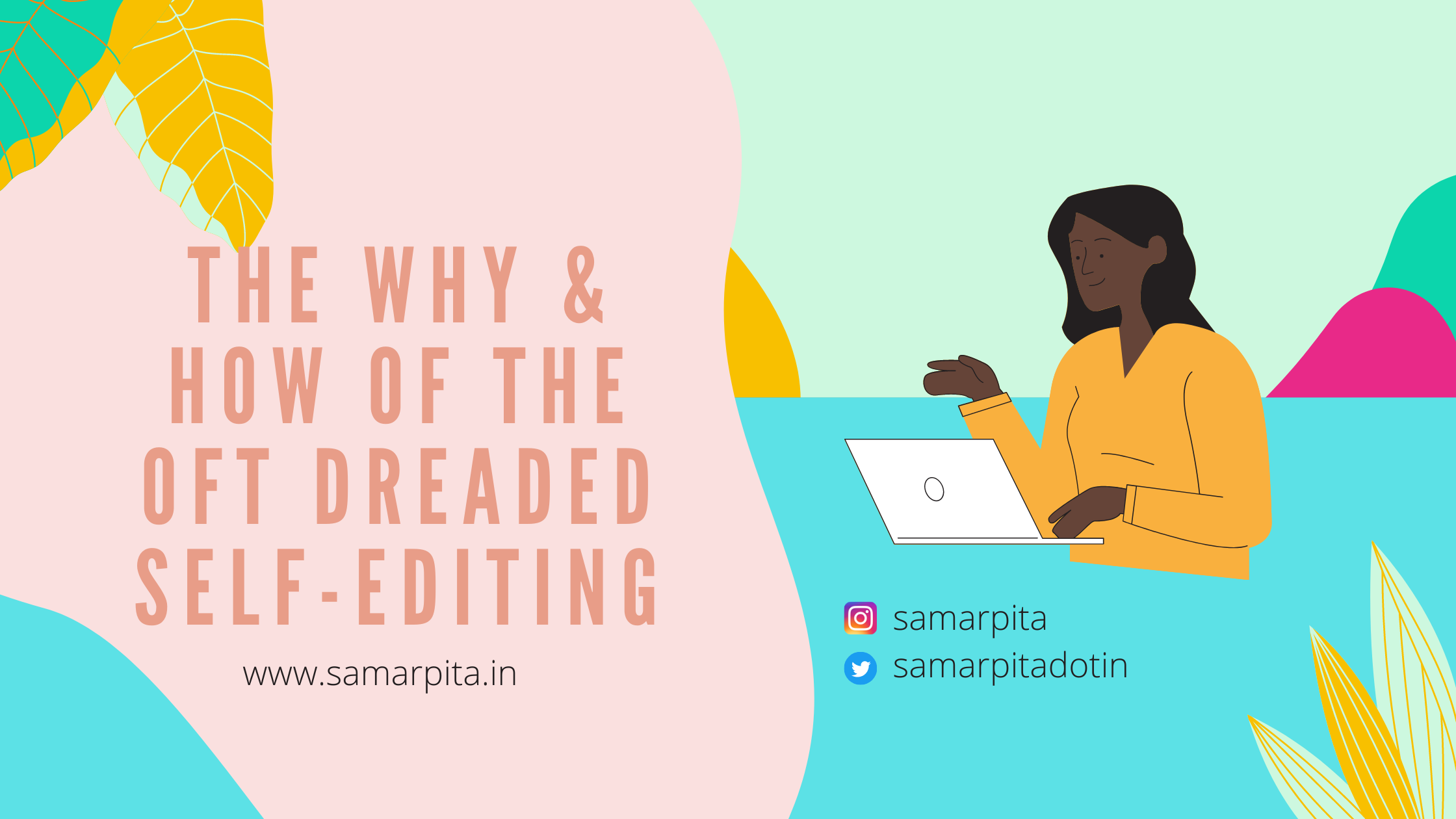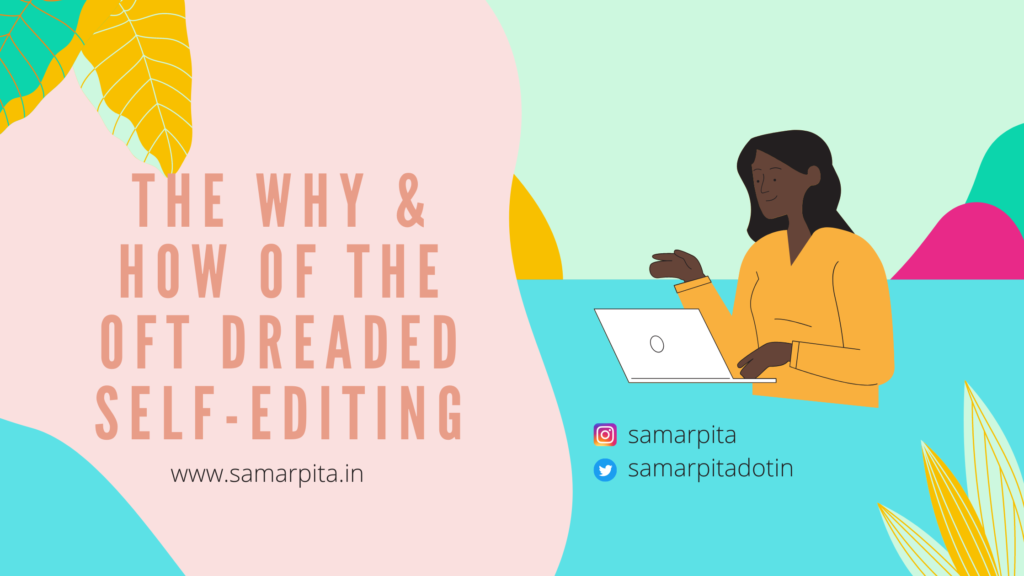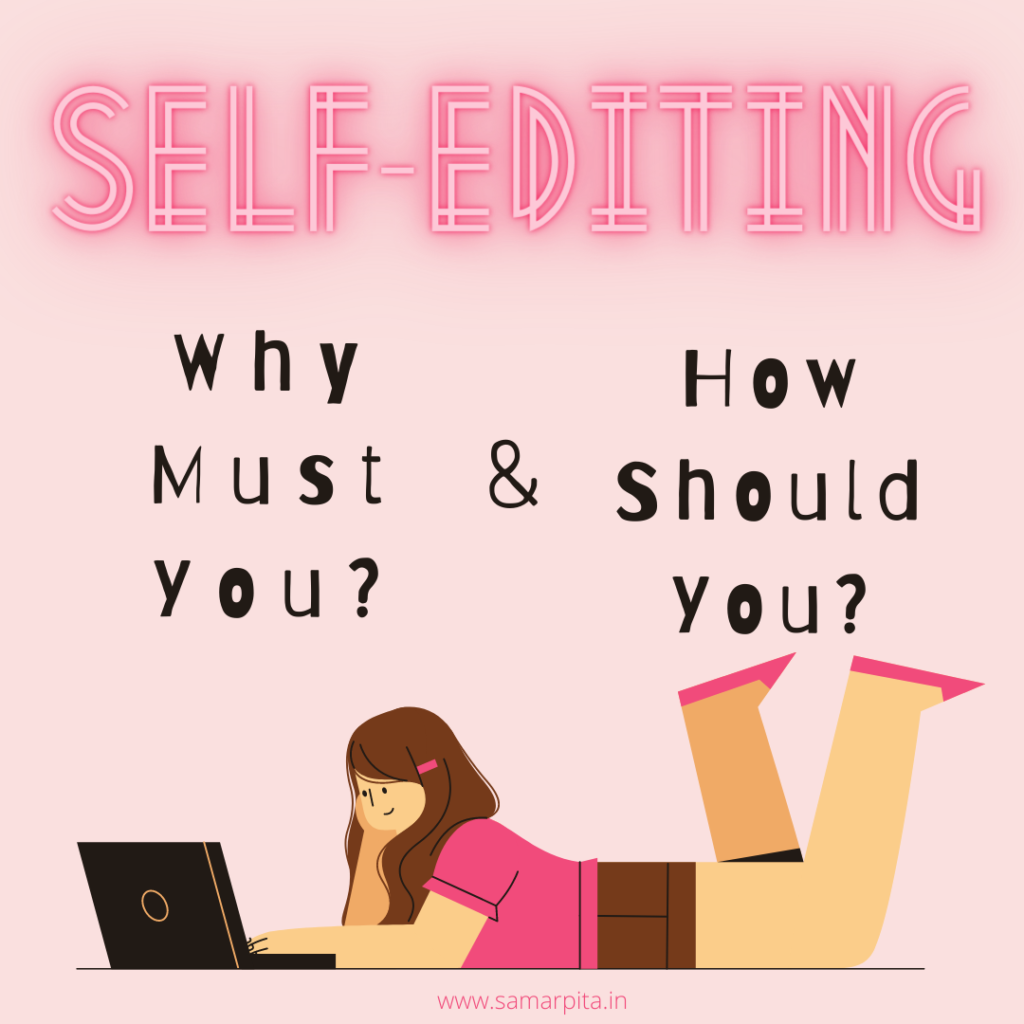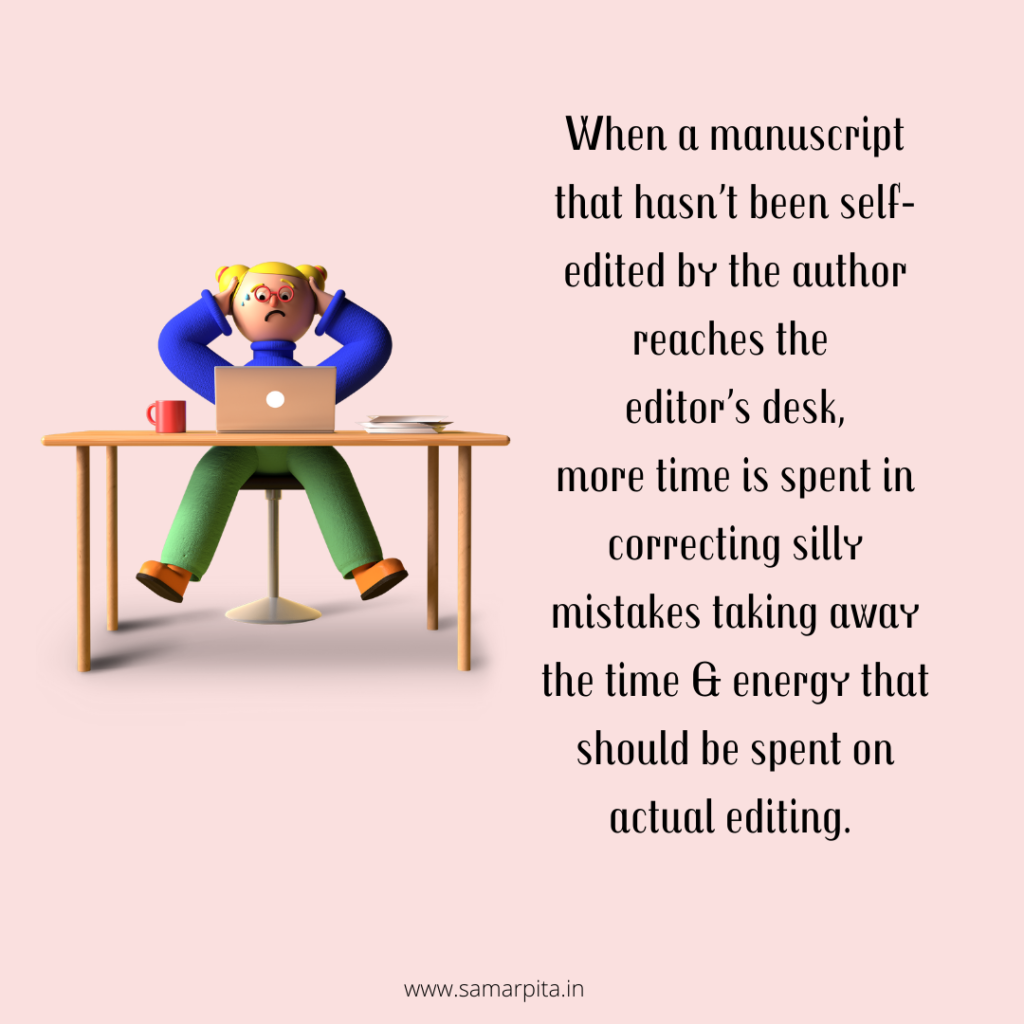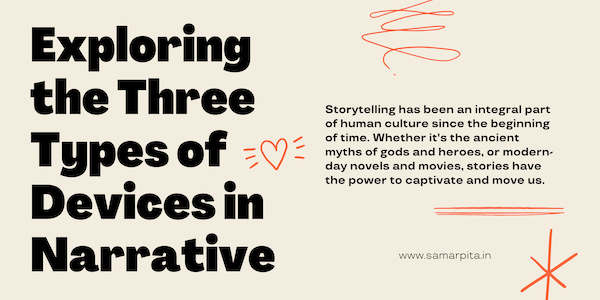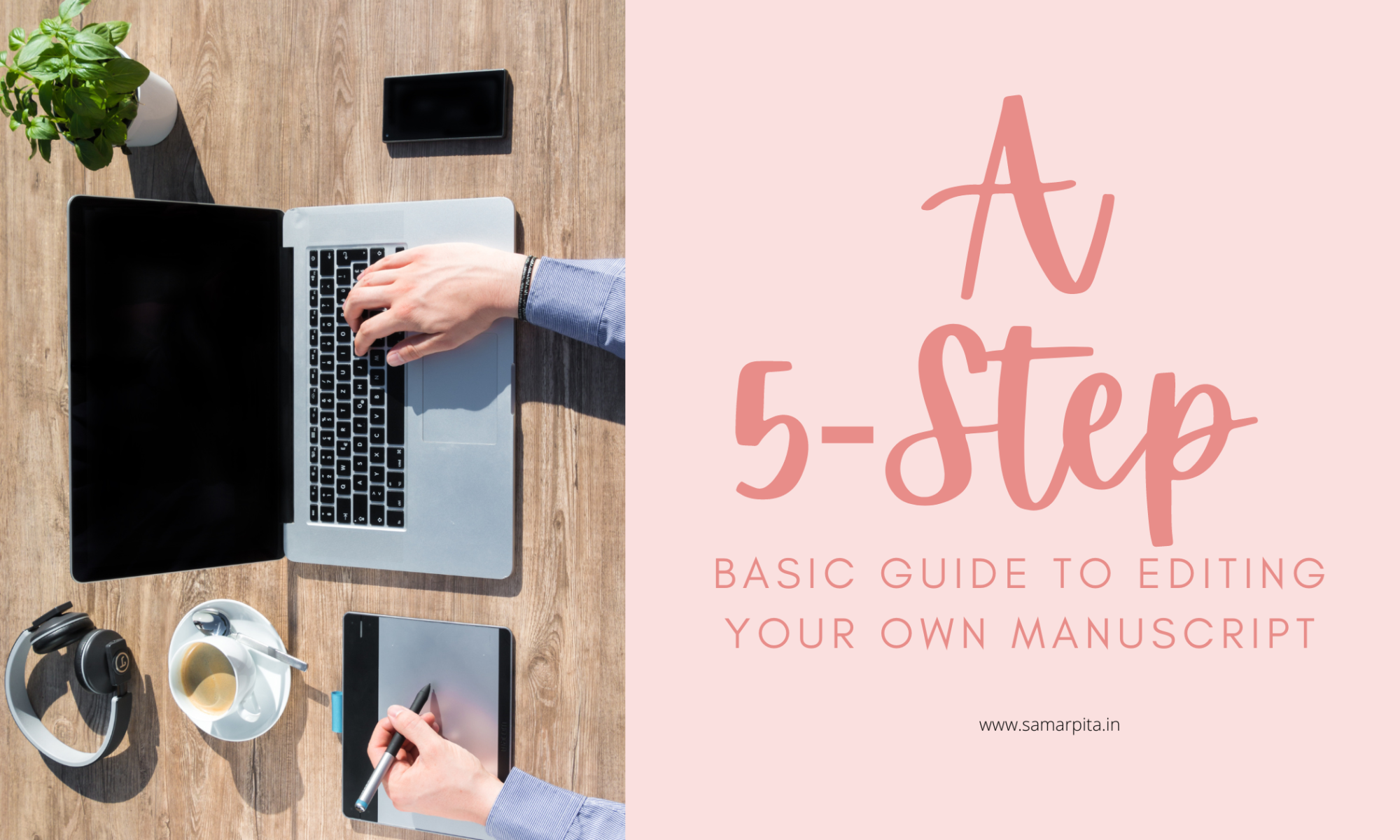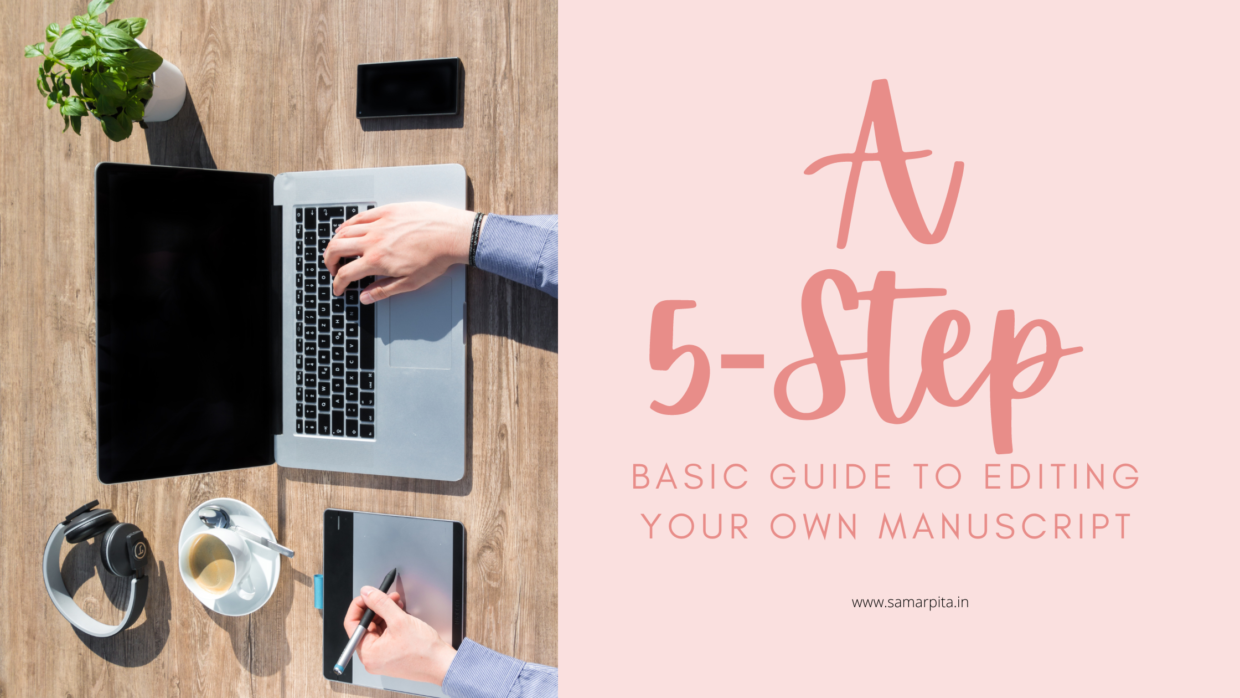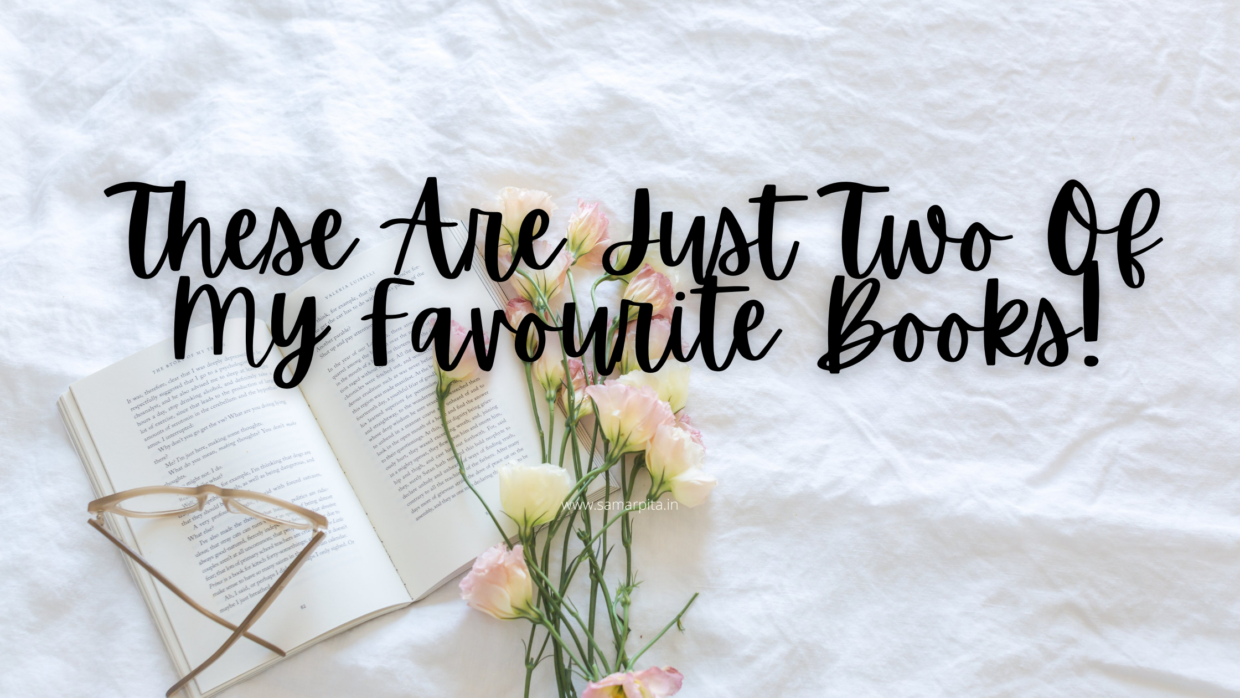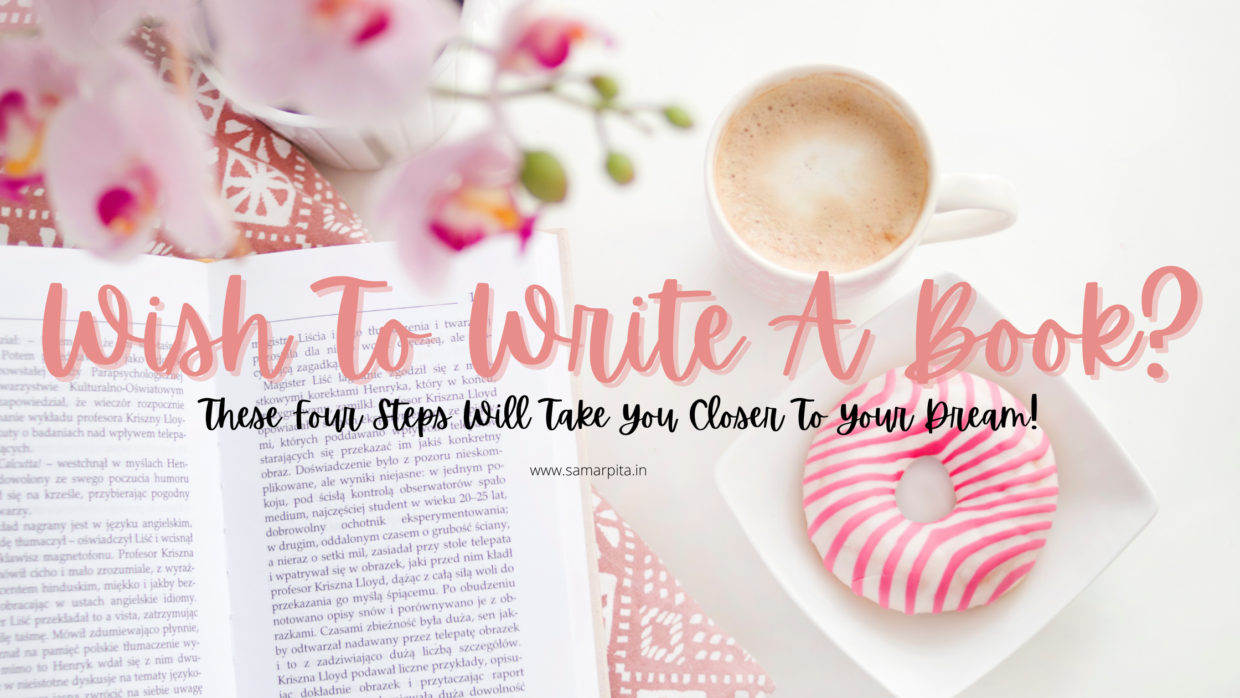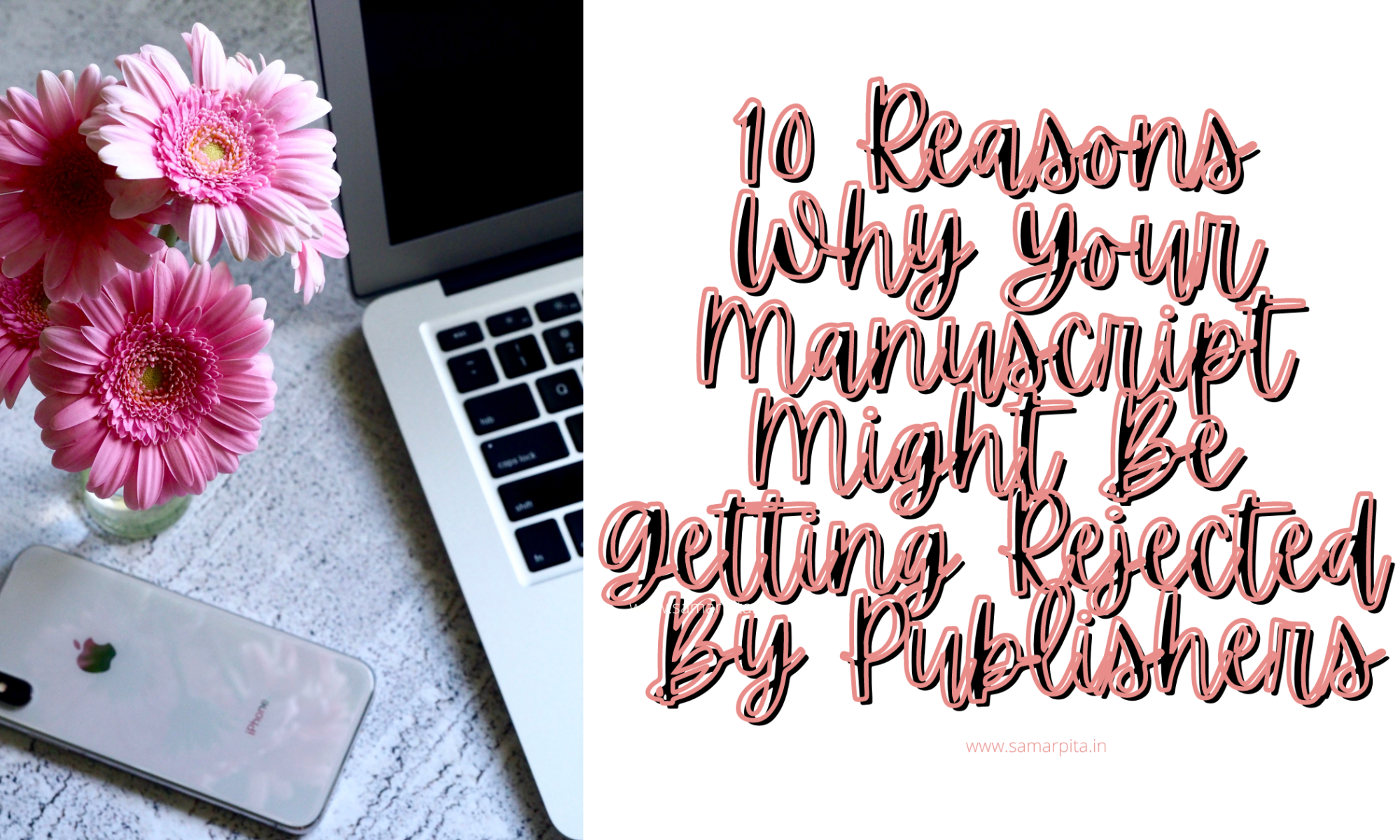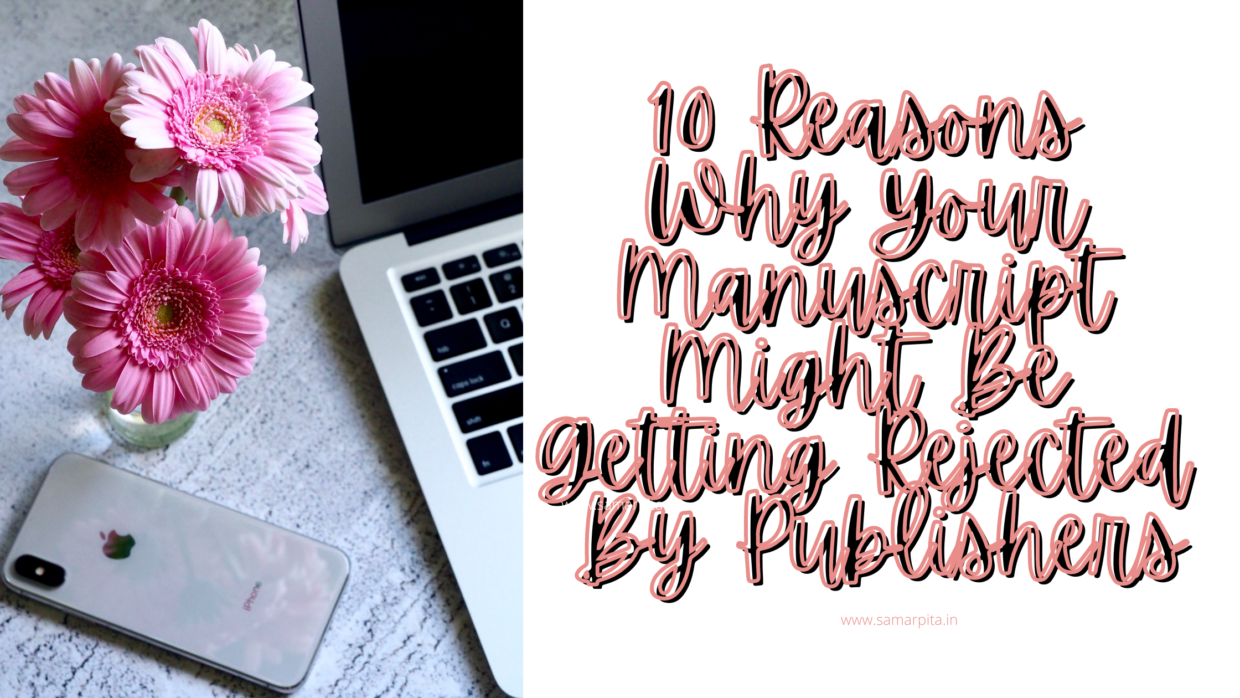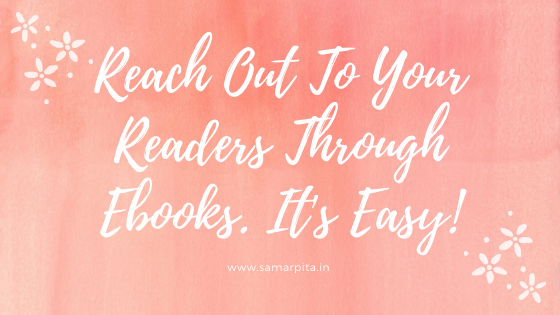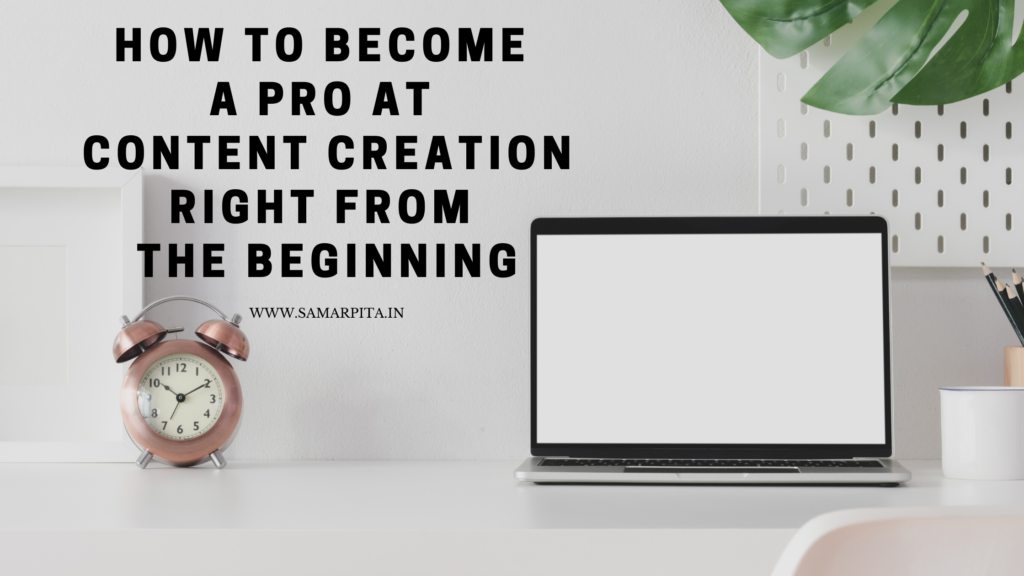I’d written this a month after I’d turned 40…
I turned a year older last month and had a lot of thoughts about life running through my mind the last few days. I have a habit of assessing the past and planning for the future. Well, not the future future, but what I will do shortly. I function perfectly well if I have plans and projects, for which self-evaluation is very important. In doing all this, I recently weighed in the last 10 years of my life and how I dealt with things. I wish the first five years had been better, but in last few years, I have sort of made up for most things.
I became a published author, I got back to learning art, I picked up knitting again, I did some very brilliant work for which I am eternally grateful to life and I have tried to become a better person with self-evaluation and correction. Not the richest or the most famous, but I am trying to be a person who will have few(er) regrets towards the end of life. I might not succeed as I have planned out, but I wouldn’t be sorry that I didn’t try.
So! While there are quite a few things that my 30s have taught me, I would like to share five. I see people behaving like their life is ending when they turn 30. Little do they know that it would be just the opposite, by god’s grace. I had turned 30 without much fanfare, in fact, I had not even realised that I was turning 30. It hit a couple of years later, but I never was the one who looked at aging negatively. Every day lived is a blessing, and why not!

The 20s are spent first studying, then getting heartbroken again and again and AGAIN, trying to make it in one’s career and hopefully making it before hitting 30, trying to acquire real estate and other things, partying, nursing a hangover, nursing more heartbreaks, wondering if life will ever fall in place, finding a life partner (for those who want to) and hoping this time love is for real – more or less, spent in a struggle.
How the 30s panned out for me, isn’t how it pans out for everyone. Some have it better, some have it worse, and some just have it different. For me, the 30s were about finding myself. It was around 35 that I started searching for who the real Samarpita is, what is she like, what are her aspirations, where does she want to be in life, and what is she ready to do to get there. I also learned more about the people in my life – my mother, my husband, my friends right from kindergarten to adulthood, and both my families. I observed people and understood who is what – helped me get rid of assumptions both good and bad, and understand what they are. Of course, this is just my interpretation of them, but I am glad I tried to understand them. It helps me understand their behaviors and reactions, even the most absurd ones. And that has helped me not misunderstand then – this is so important, with fewer misunderstandings, life is so much peaceful. Now, that’s an underrated joy of life!
I want to share my five giveaways from life in the last few years. I’d love to know what the 30s have taught you!
It’s time to live your own life
Padhai kar li. Naukri bhi kar li. Shaadi karni thhi toh kar li.
Khud ki marzi ki kab karoge?
I know I am speaking from a place of privilege but hear me out. Even at a place of privilege, how many people let go of things pulling them down and do what they want to? Not many. I am not saying quit your job and follow your dreams – that’s the worst advice anyone can give you.
What I am saying is, while doing everything you have to do, find time for yourself. Learn something new, if that is where your interests lie. Travel, if that floats your boat. Give back to society. Study. The possibilities are endless. We all have that one thing we would have loved to do had adulthood not come in the way. Do it. Find time. Once a day. If that’s difficult, do it once a week – once a month. Find time for yourself and just do what the heart desires. Honestly, it’s just one life and none of us knows which day will be our last. Live it out.
Your happiness needs to be of utmost importance to you
I am a strong advocate of living for others. That’s how I am wired and have been brought up as well. To think about others before yourself. To never be selfish, to share, to do what will make them happy, to keep an eye on them.
I cannot change the person I am, neither do I want to. But while I kept looking out for others, almost nobody was looking out for me. I am not saying one needs to stop caring about others, but it’s your life so you have to look after yourself.
When you look after yourself, you stop expecting people you care for, to care back about you in the same manner that you do. It’s a win-win, honestly. You save yourself from disappointment, and you take care of yourself exactly how you like it done!
It’s cool to invest in self-development
You’ve got to be a better version of yourself and for that, if you want to go back to studying or learning something new it’s perfectly alright.
INVEST ON THERAPY. Your gym investment might fail if you cannot bring yourself to go to the gym every single day because of anxiety, depression or something even worse. Your mental health is of utmost importance and nobody should tell you otherwise. A healthy mind leads to a healthy body. Take care of your body, inwardly and outwardly.
The 30s are a good time to start taking care of the skin. HYDRATE yourself – drink water, moisturise your skin, and oil your scalp. If you are having a night out with friends, drink a couple of glasses of water between two glasses of alcohol. Make sure that your pee is not yellow, orange or any strange colour.
Beauty is only skin deep is not completely true. Your skin and hair throw true light on how you are from inside – your health. As we age, our bodies require more care. What our parents could get away with in their 30s, we cannot – have you seen the difference in our lifestyles? Right!
Marriage is a scam
Wait! Hear me out. I am pro-marriage for whoever is interested in it, and totally in support of anyone who isn’t. Marry for the right reasons and not the reasons the society, even your parents tell you.
The reason I am calling marriage a scam is because it’s not what we are made to believe it is. It isn’t a stereotype or a photocopy of every married couple’s life. The fact is that every couple does it differently and no one rule suits all. Except when it comes to cheating, abuse, violence, and such – these are bright red flags.
Until these three come in a marriage, its for you to deal with how you want to. Want an open marriage? I would have frowned a few years ago, but today I would say, go for it. Just make sure your partner is in the loop and not getting hurt. Want to be childfree? Do it. Don’t allow anyone to dare call you childless. It’s not something you have less, it’s something you opted not to have. Want to travel every six months? Do it.
We cannot deal with marriage how our parents did, and I think that’s okay. As long as nobody is getting hurt and there is complete consent involved, a marriage can be as beautiful as you want it to be. For me, it’s a Fevicol strong friendship. S and I have a partnership and over the years we have both taught each other to be better spouses than what we were when we had started. Being perfect as each other’s spouses as against being the married couple the society expects us to be has helped our marriage flourish and reach a very content phase. But, that’s us. In my 30s I have learnt how different marriages can be, and learnt to accept them as they are. To each his own, with consent, of course.
Treat your partner exactly how you want to be treated and see how harmonious your marriage can be. If you are single and happy, don’t let anyone force you into changing your status. It’s better to be single and happy, than to be married and unhappy.
Two friends are better than 20
The younger millennial have understood in their 20s itself, us older ones got to understand this in our 30s. But thank god, we did. Friends acquired all through life need not be carried all through life. As we learn and become better persons, we understand that not everyone makes that effort. That’s a negative influence on the very lives which we are trying to make better if you ask me.
Someone you went to high school with might be a bigot, another few must be sexists (that’s a definite, most friends remain sexists despite all the transformation happening around), some would be homophobes, and some would cling to their regressive political views. It doesn’t mean we drop them all like hotcakes, but those who take their opinions too far and show regressive behaviour aren’t adding to their lives. Being brought up in a regressive environment is no more a valid excuse to remain regressive. As grown-ups, it’s our responsibility to change into people others can look up to. If anyone is not investing in being better, they will only pull you back.
Just two friends who hype you, have your best intentions in mind, and are making an example out of their own lives in even the smallest possible ways are worth two dozens of them you meet at kitty parties or weekend parties. Fairweather friends are not true friends and its perfectly legit to do away with such friendships!

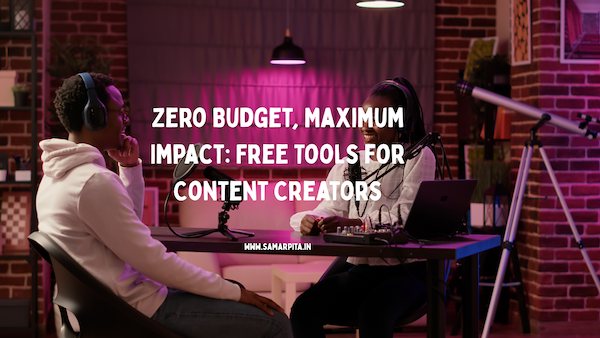






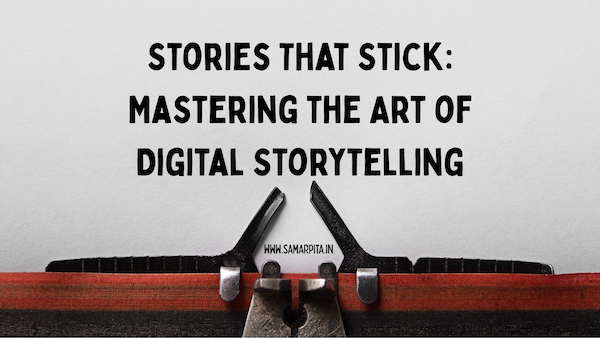


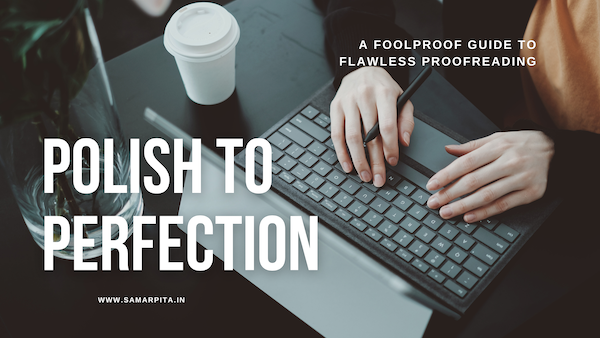


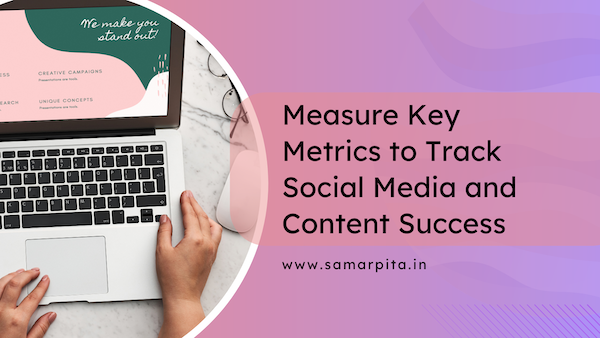




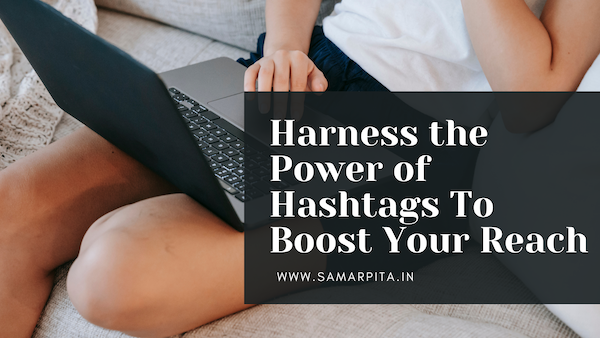









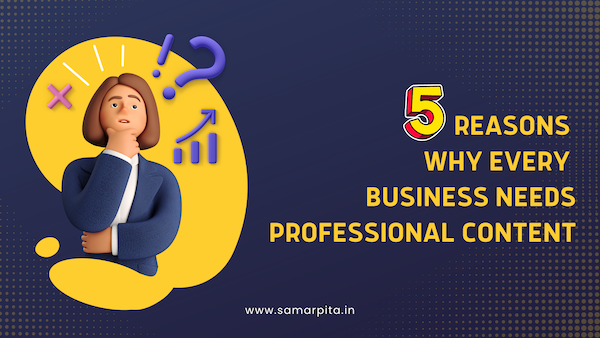
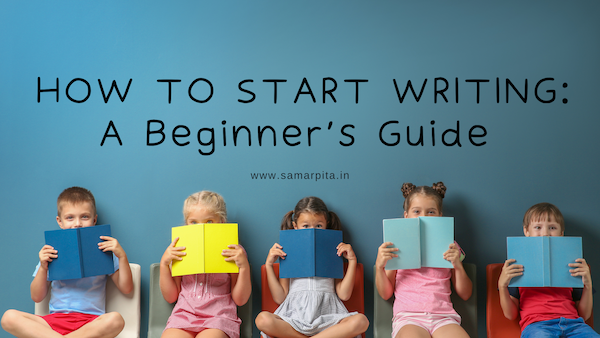
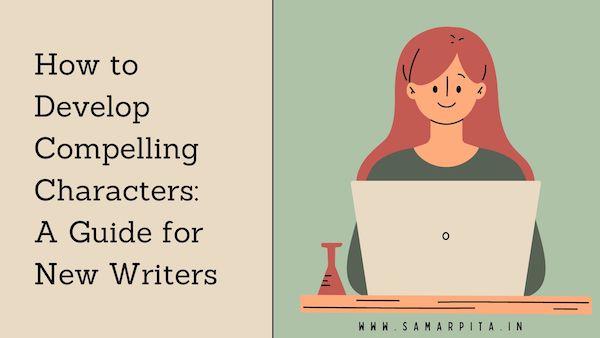
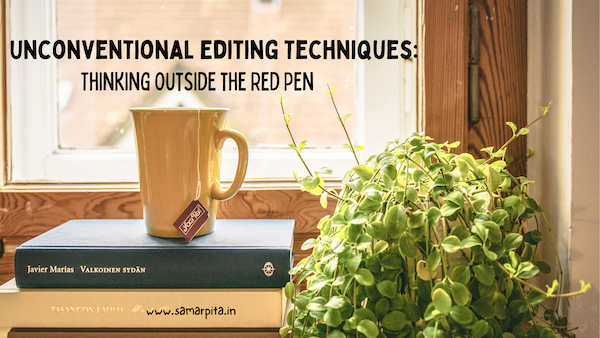

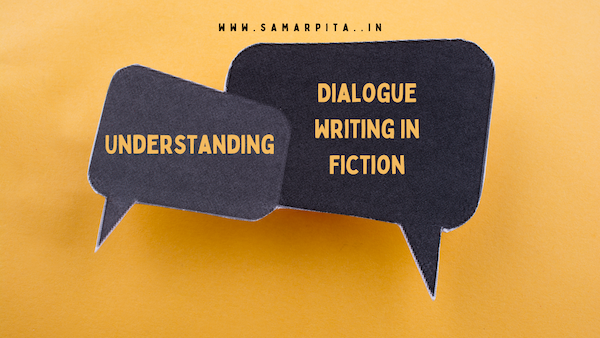
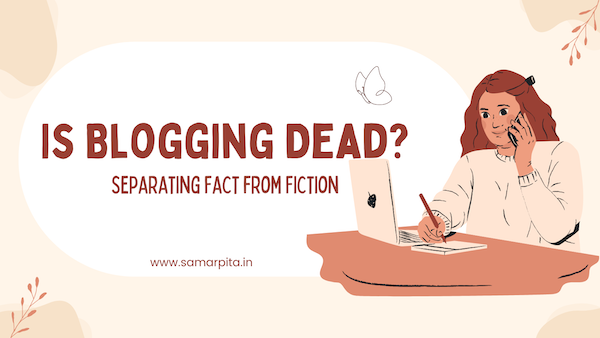


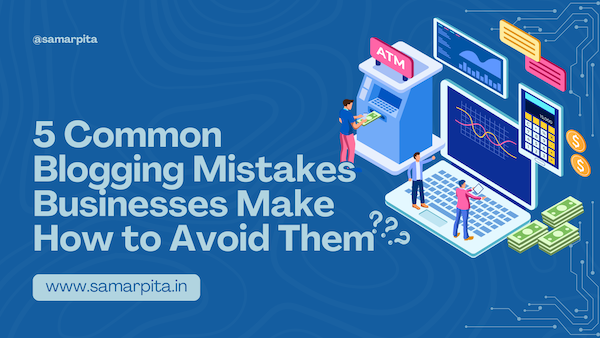

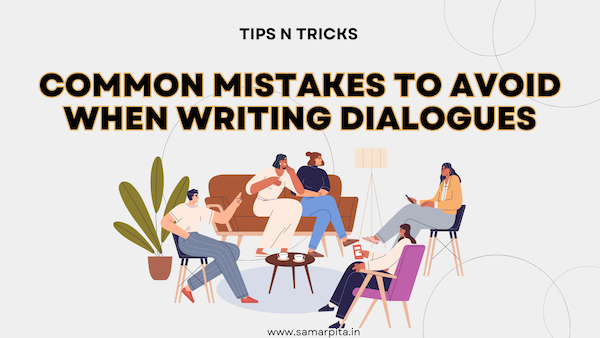
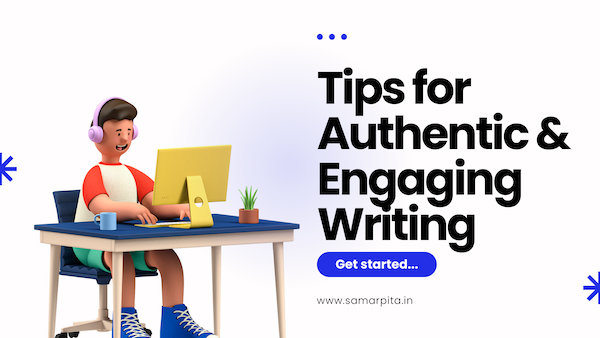
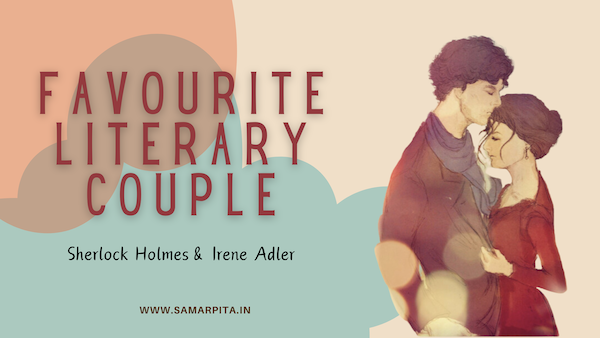
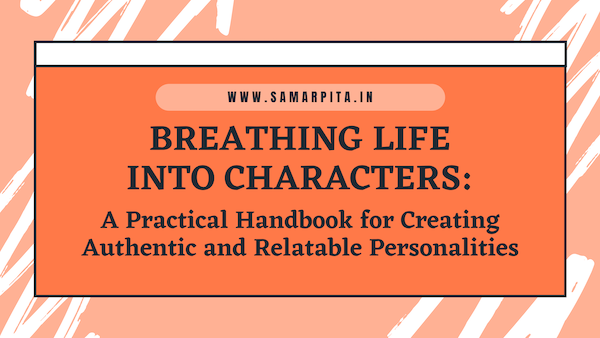
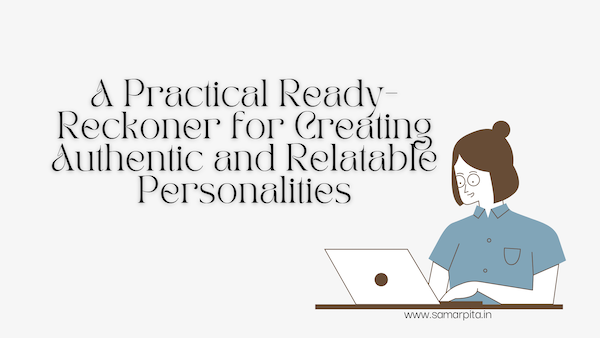
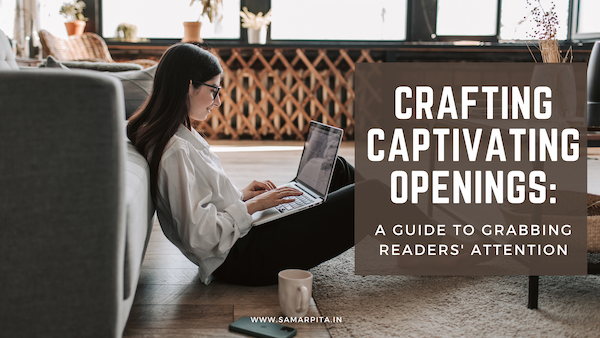
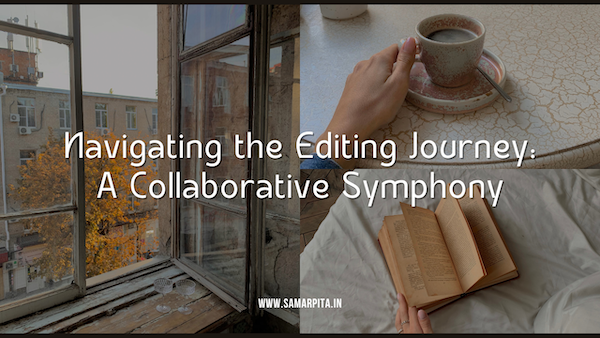
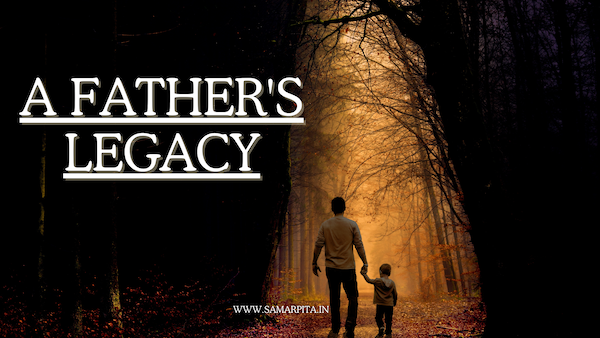
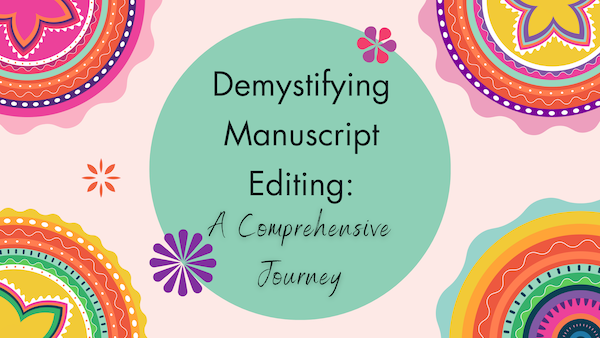





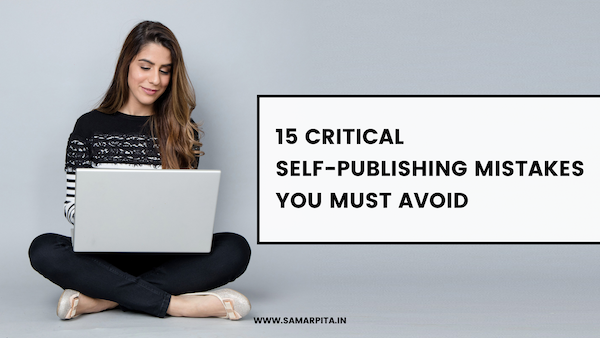
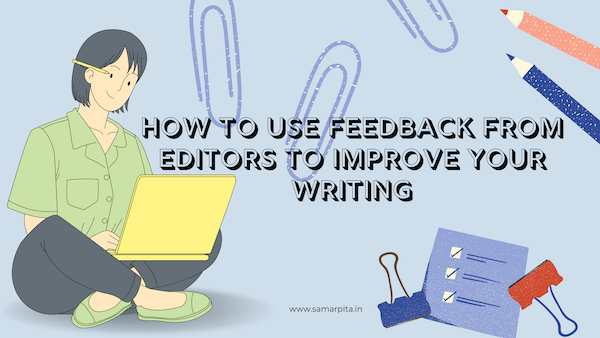
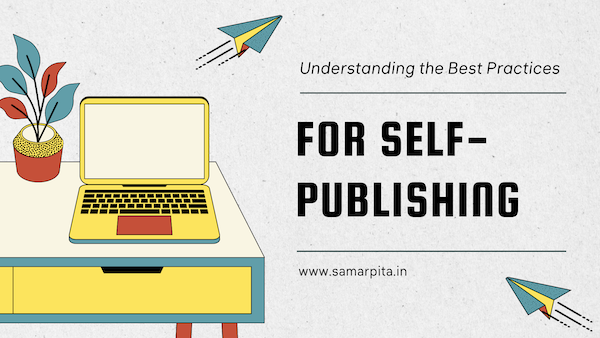
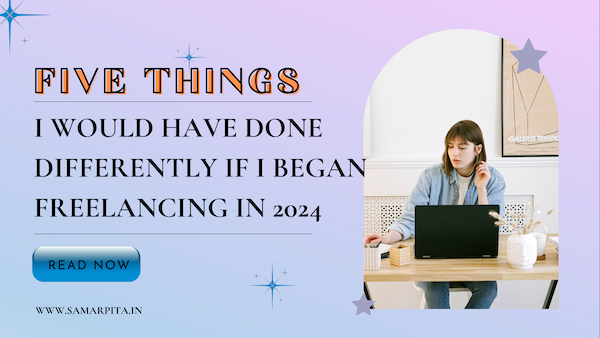

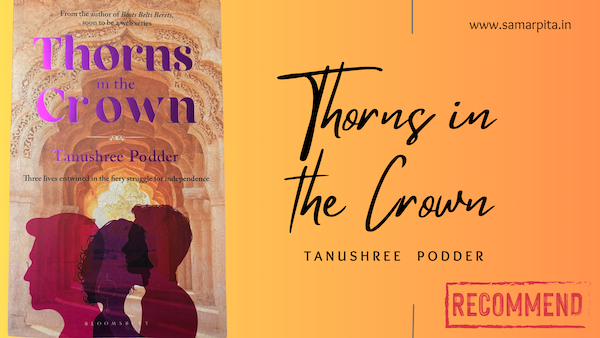
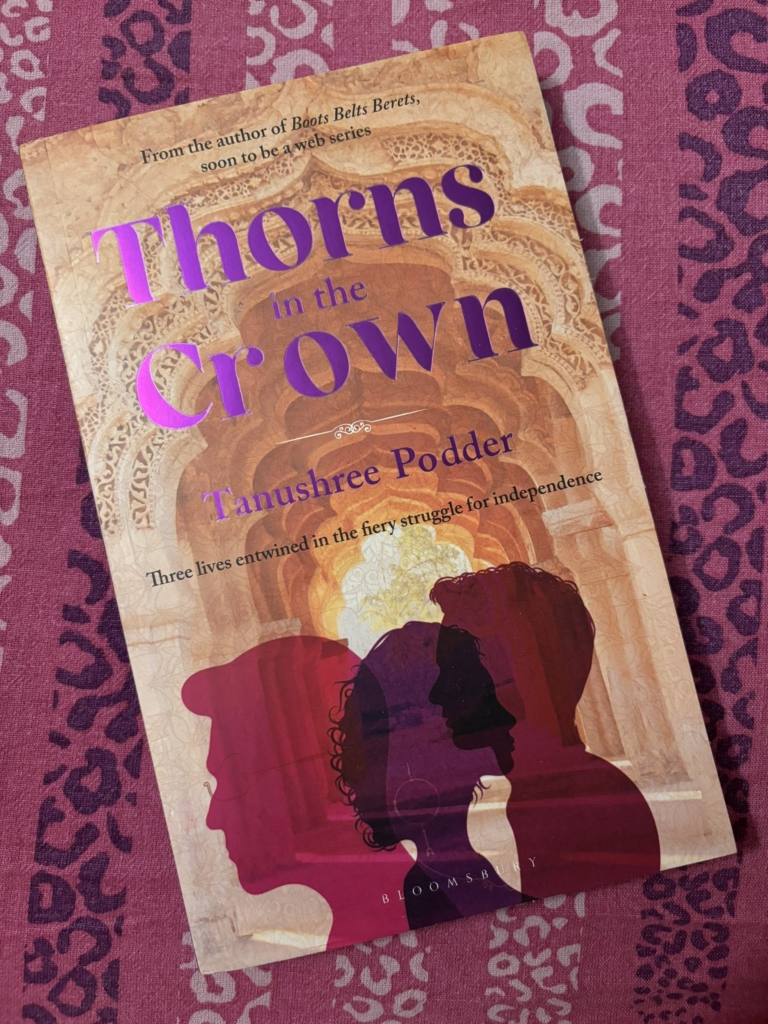

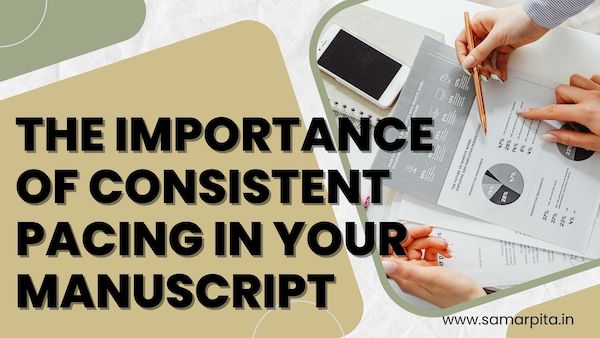
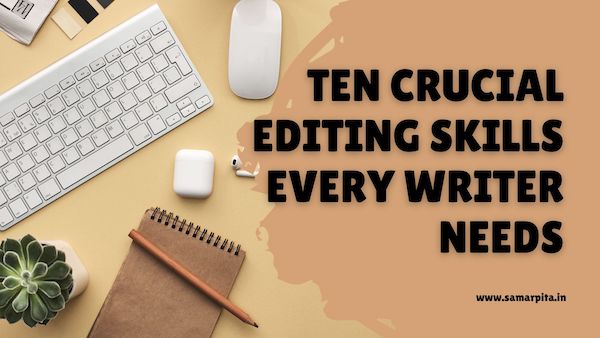
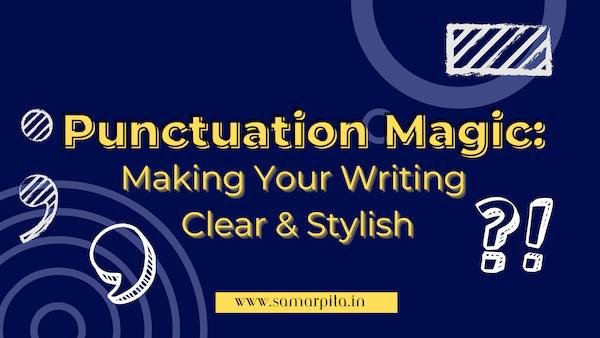


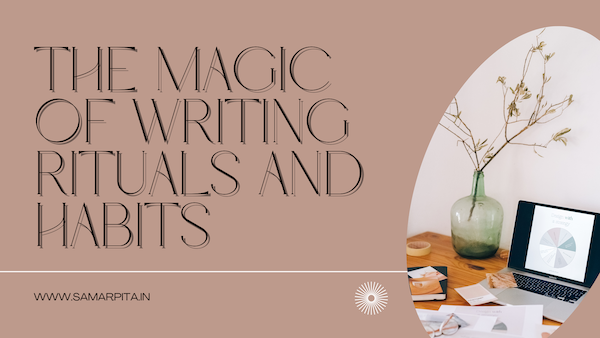

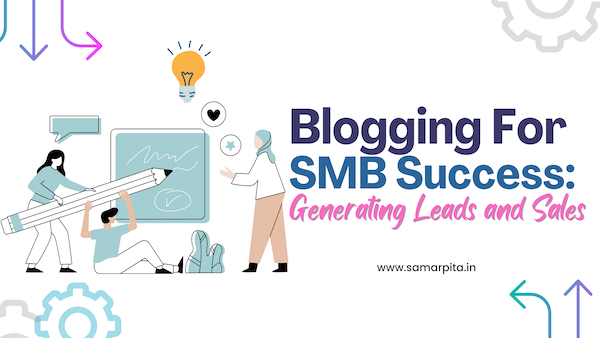

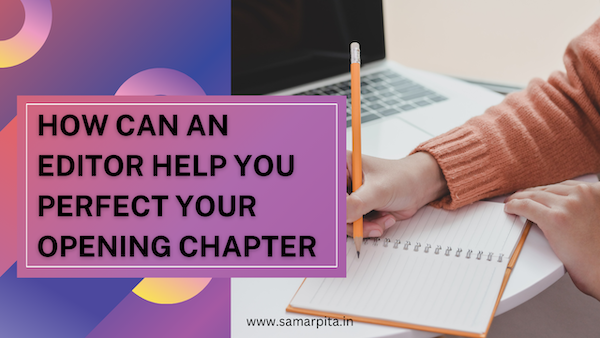
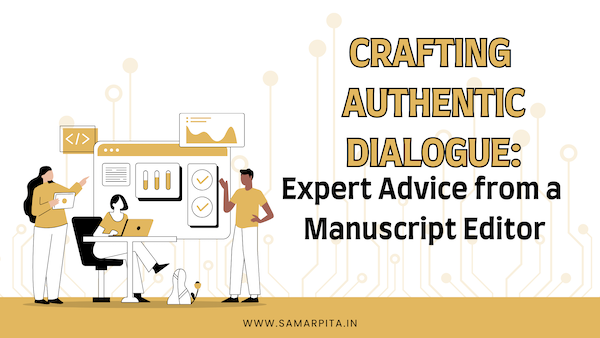

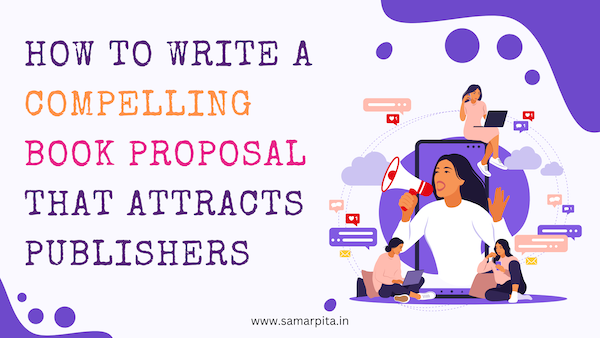
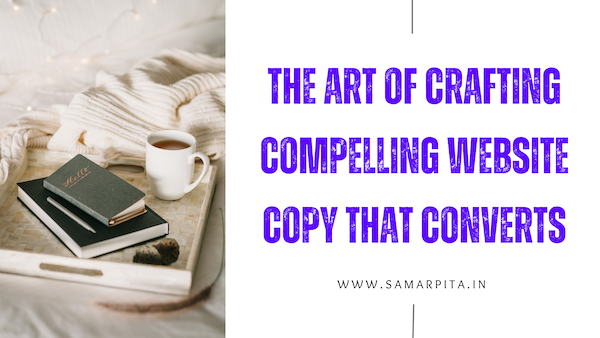
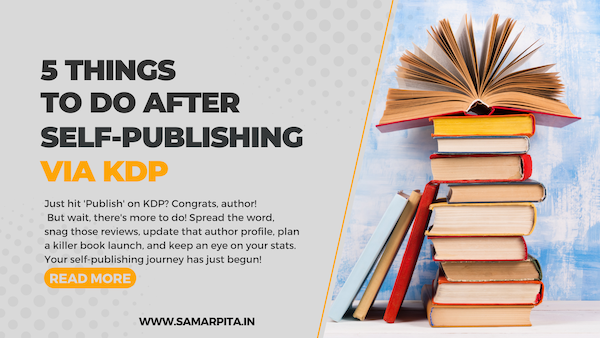


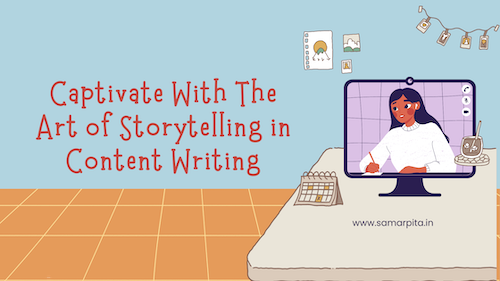
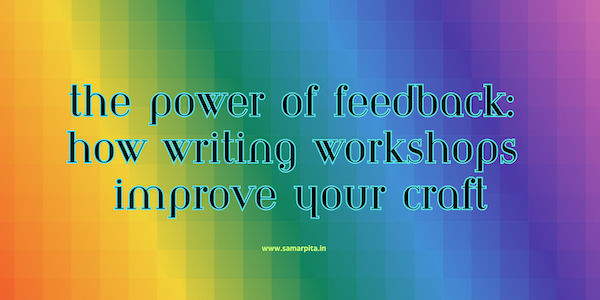
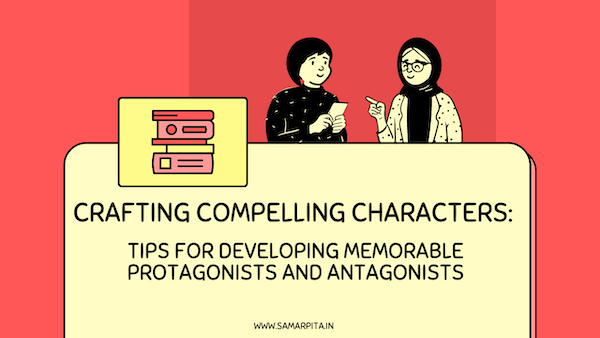

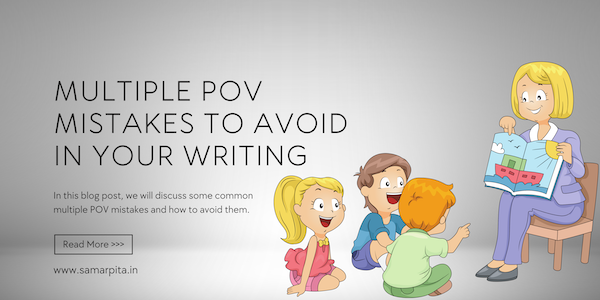


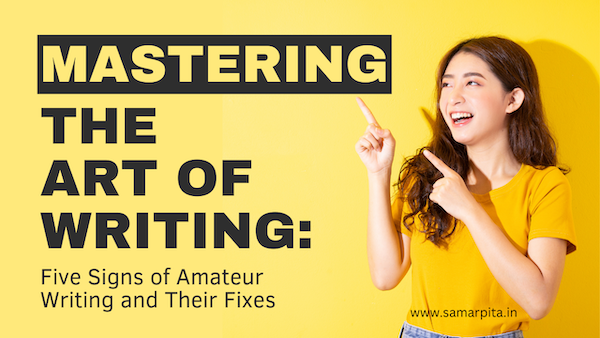
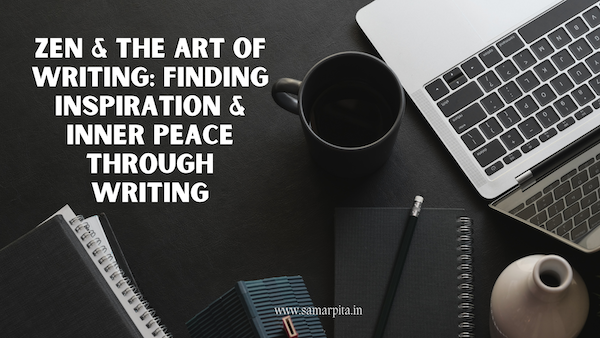

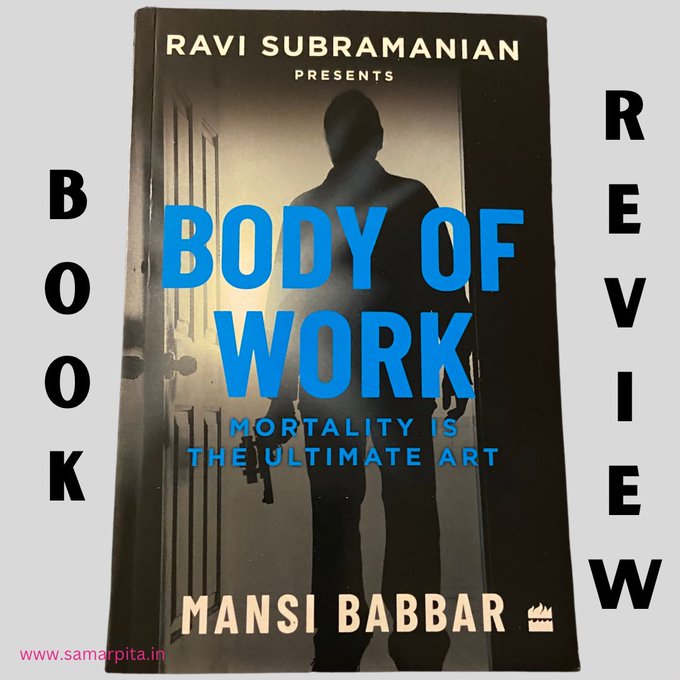
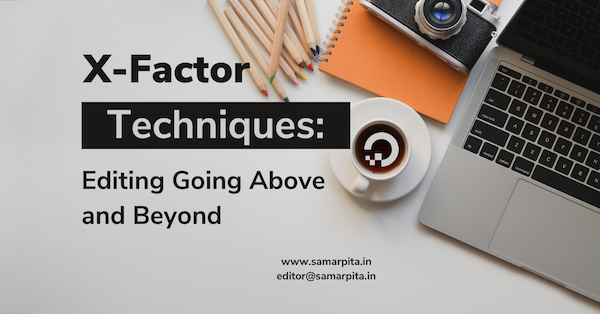
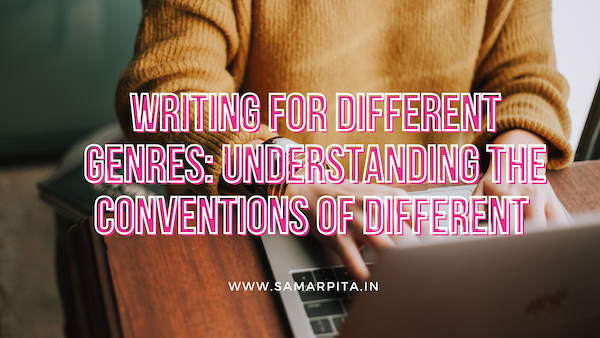
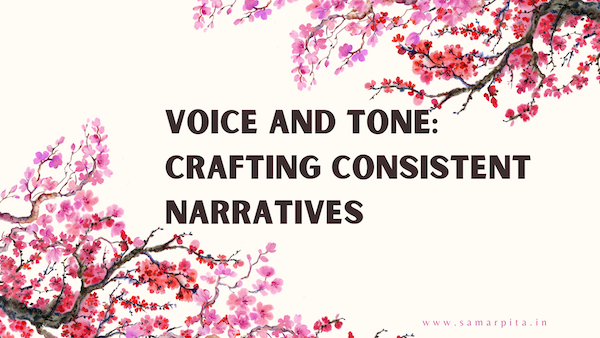



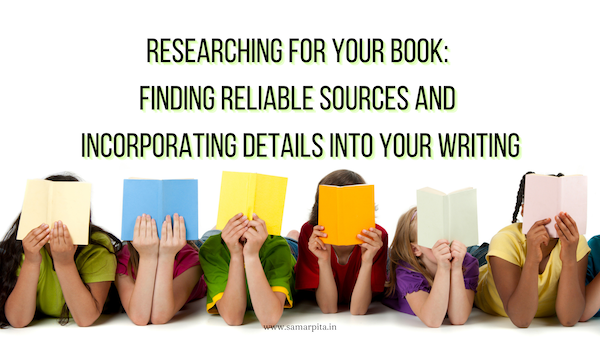
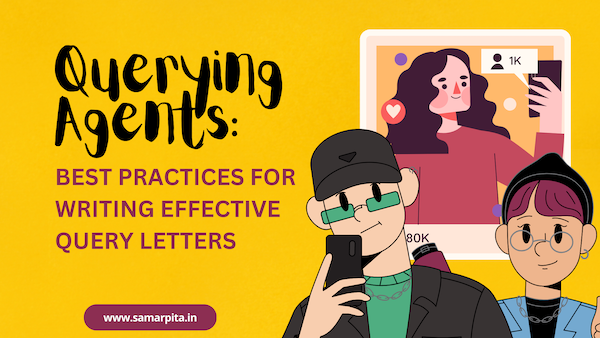
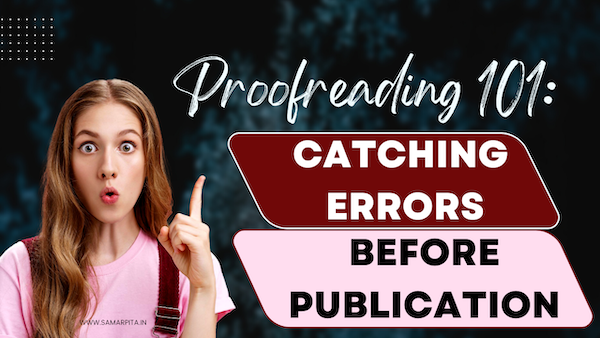
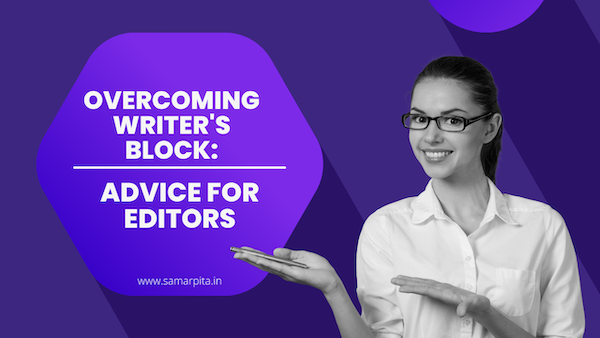
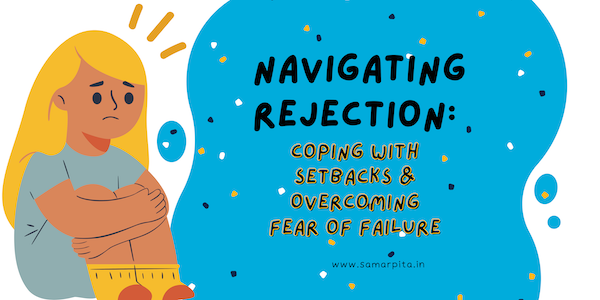
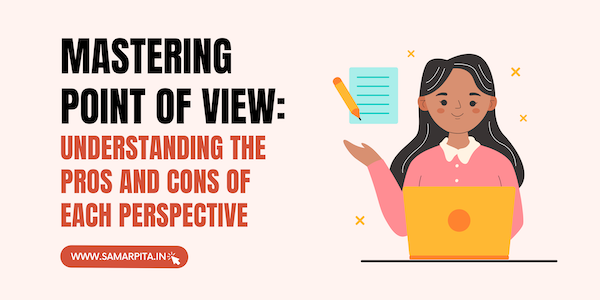
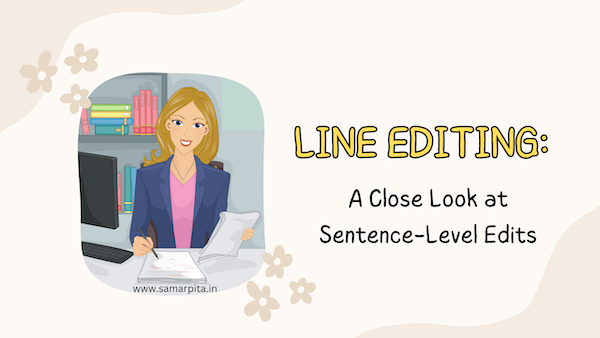
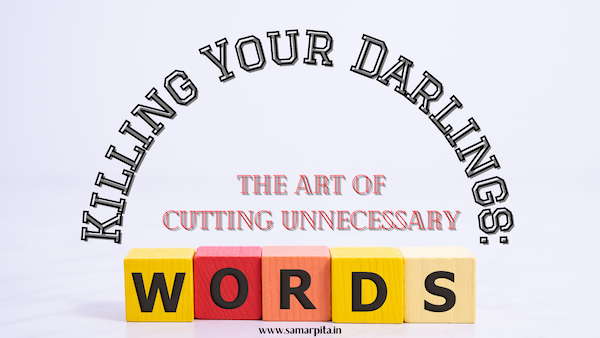
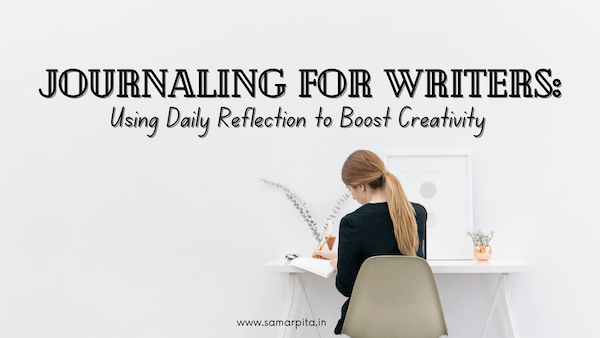
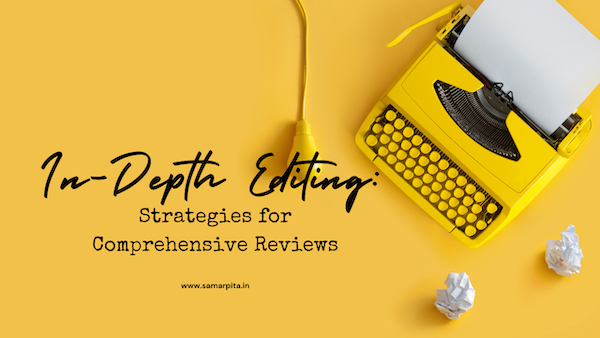

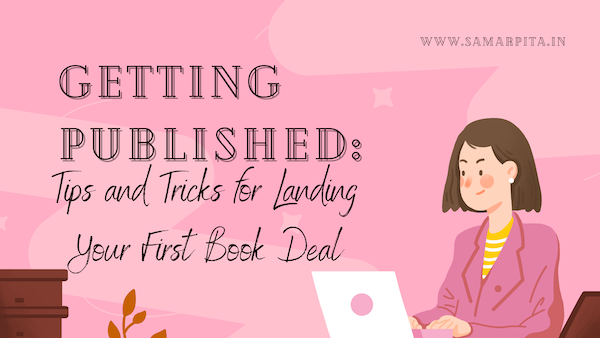
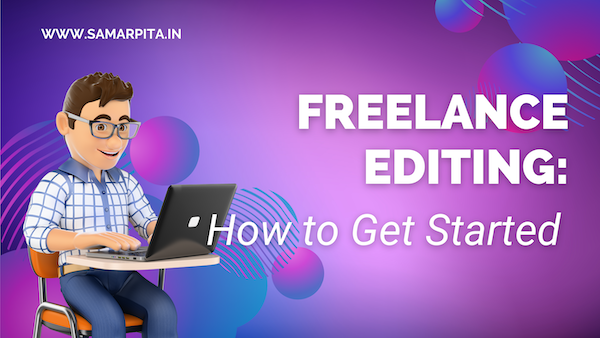
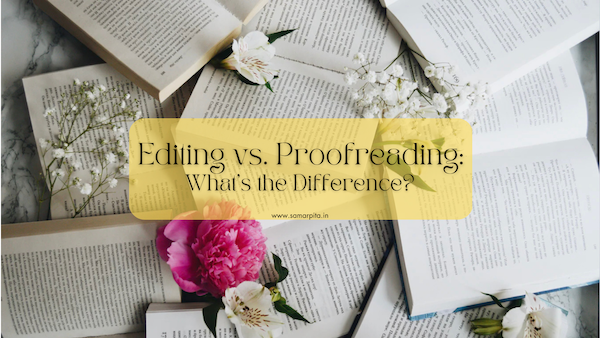
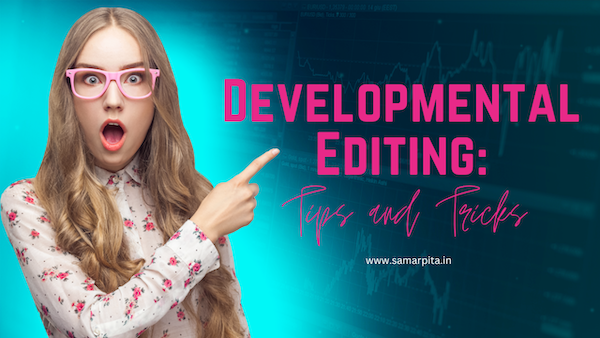
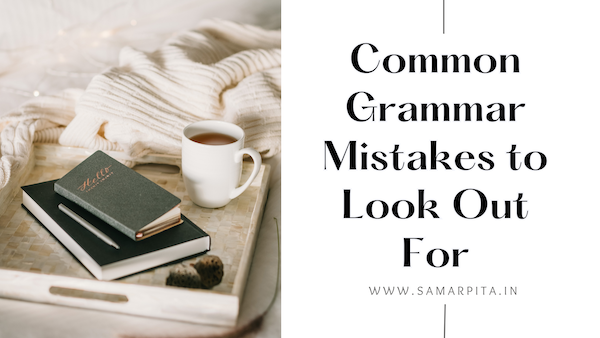


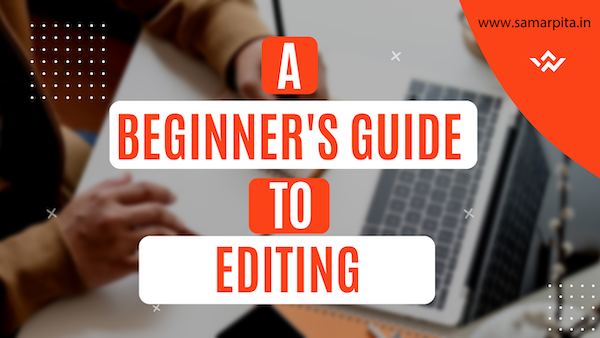
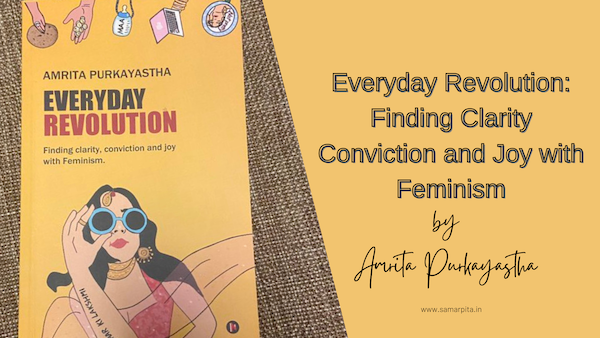
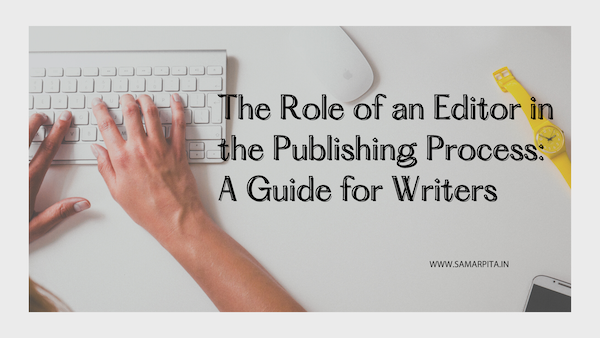
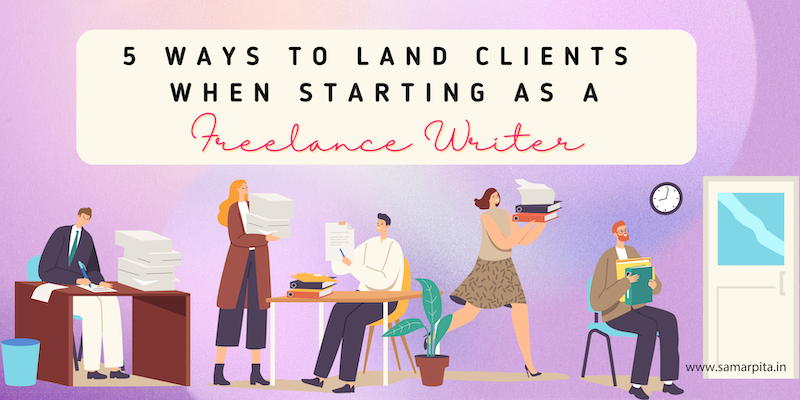
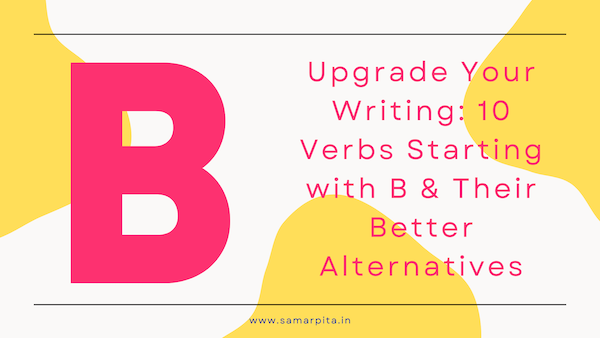
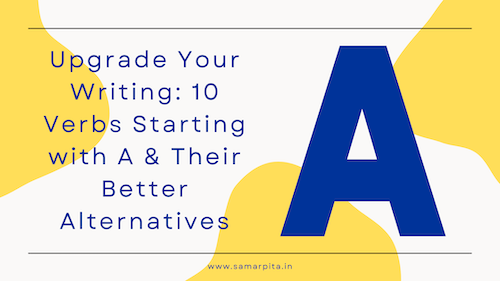

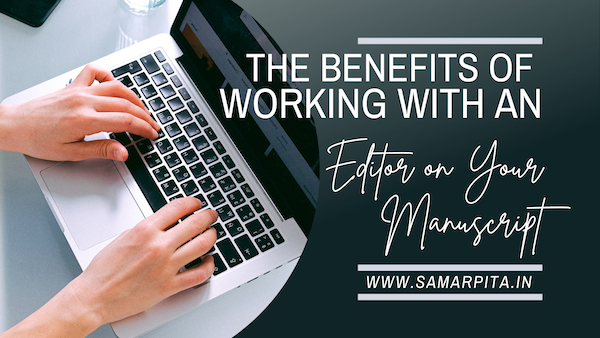

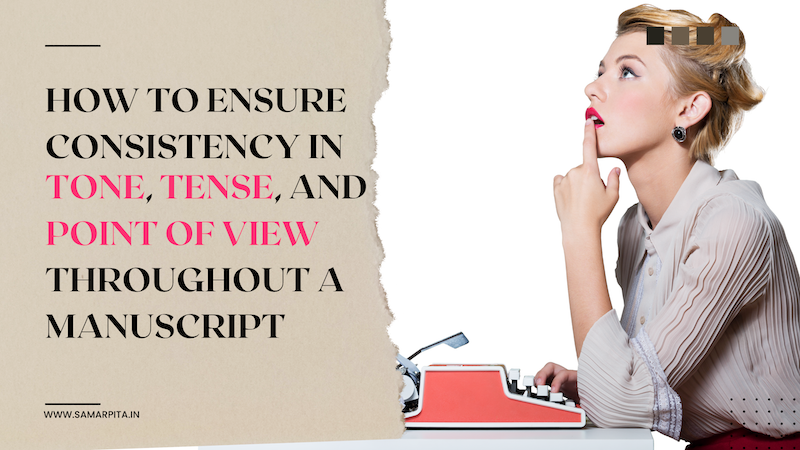

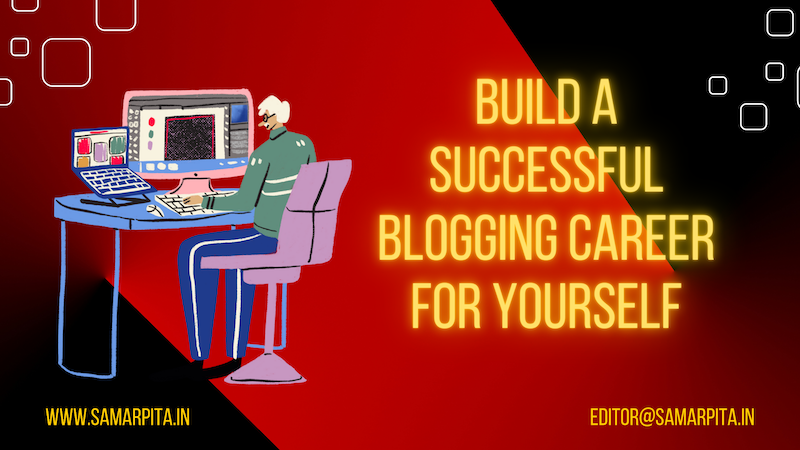

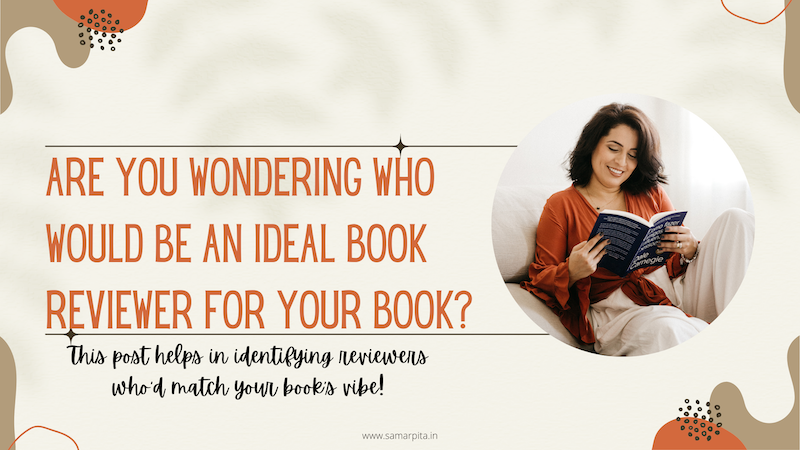
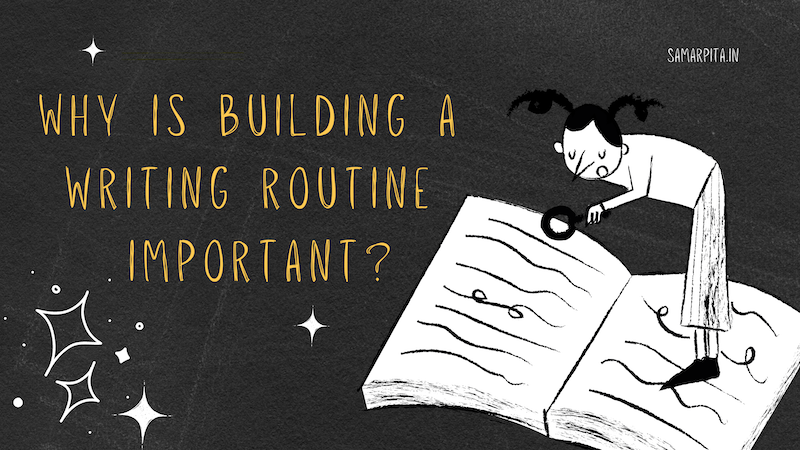
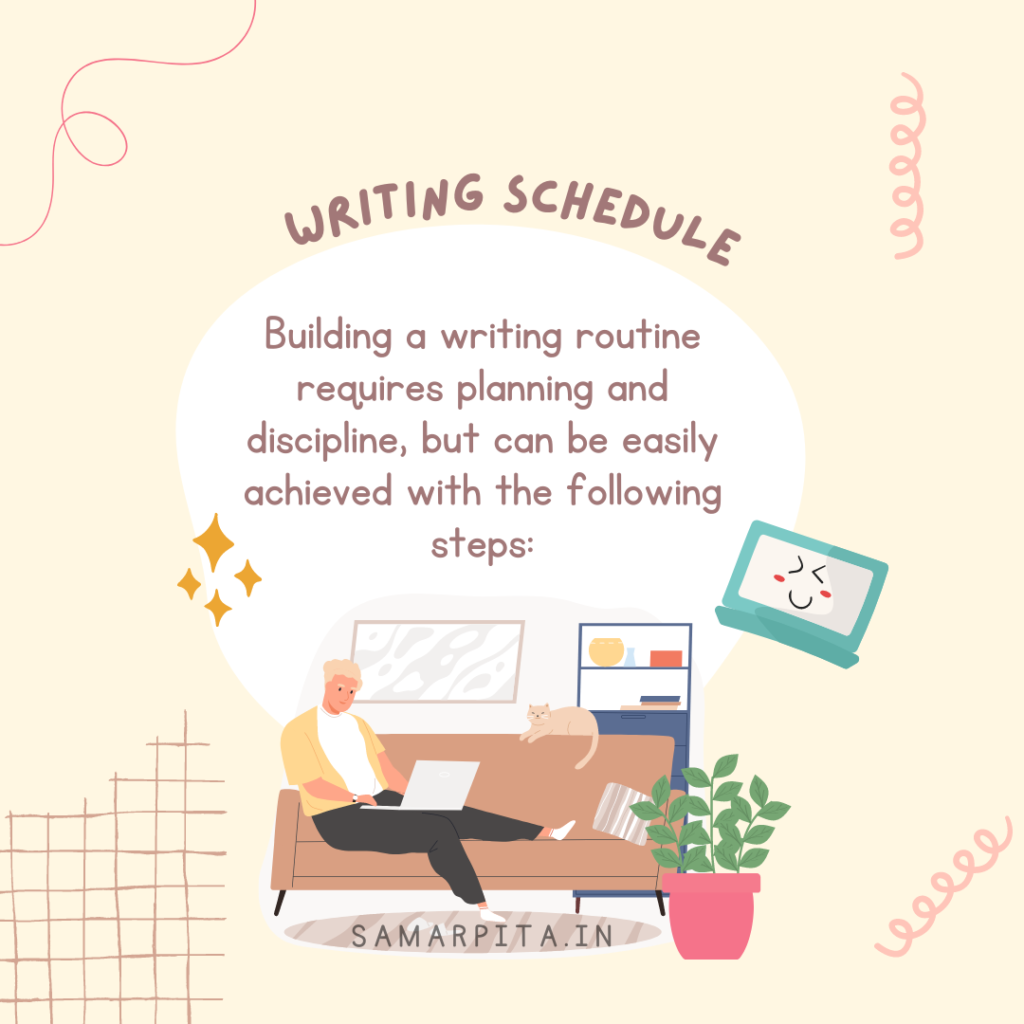
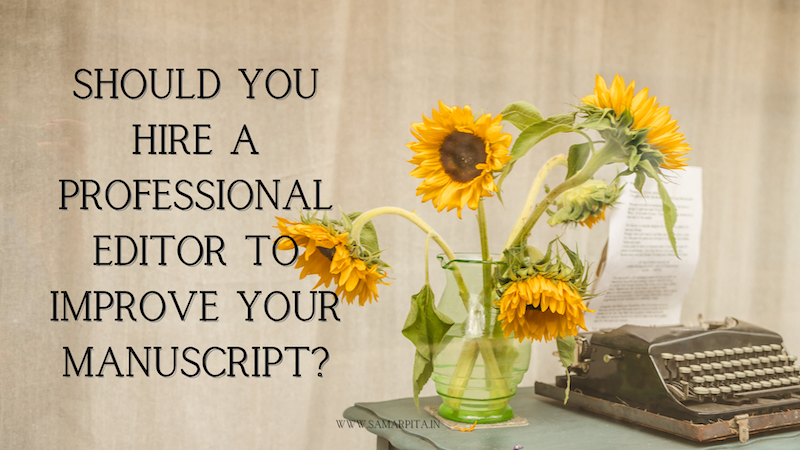
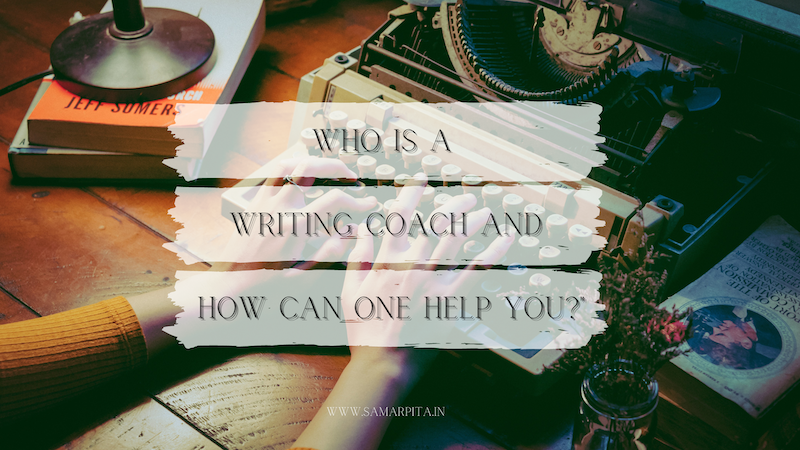
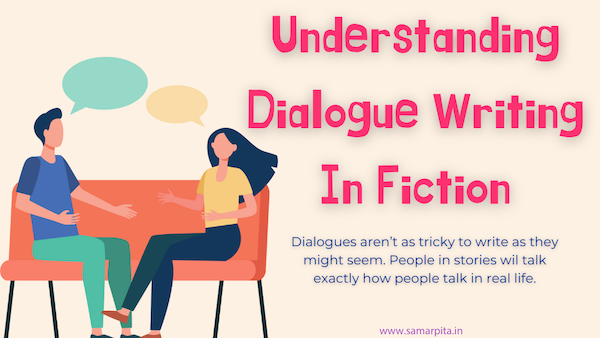
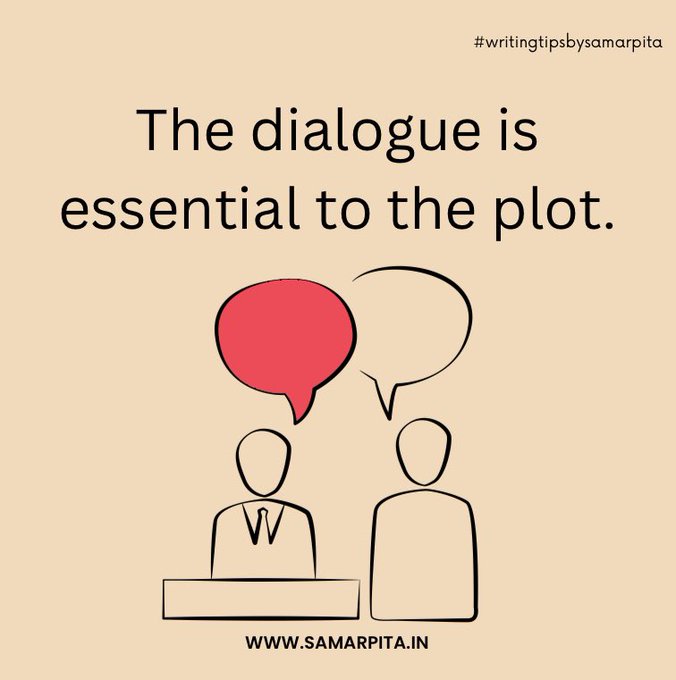
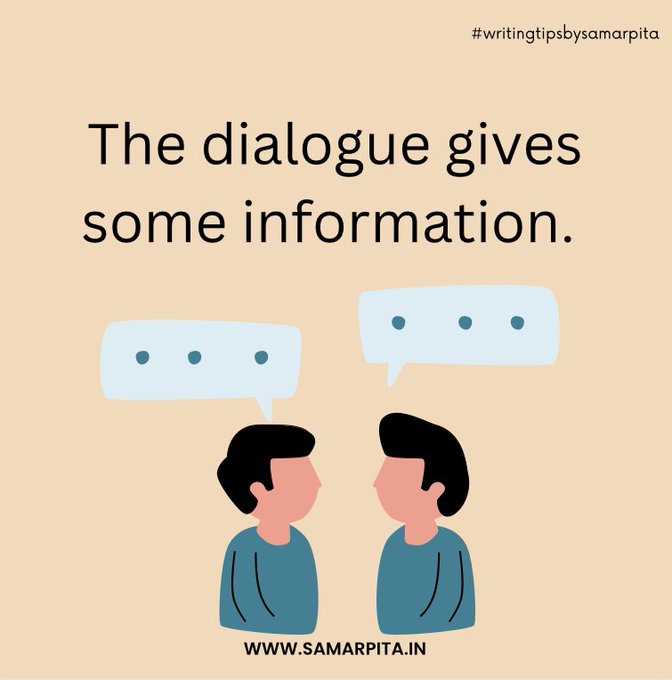
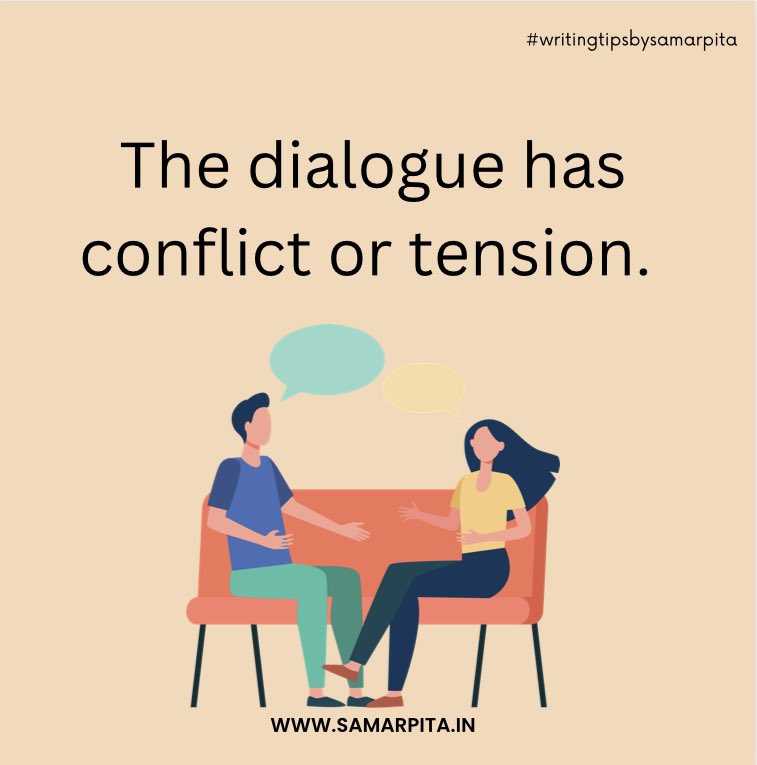
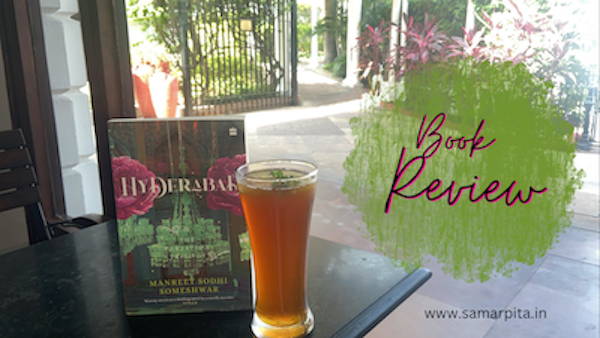


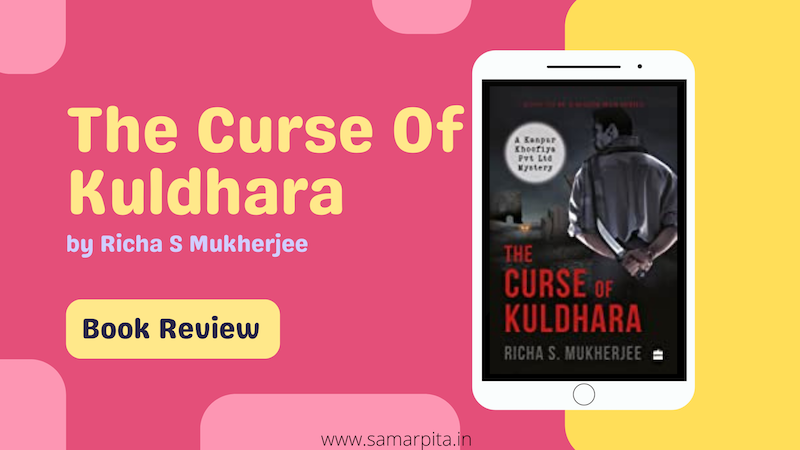
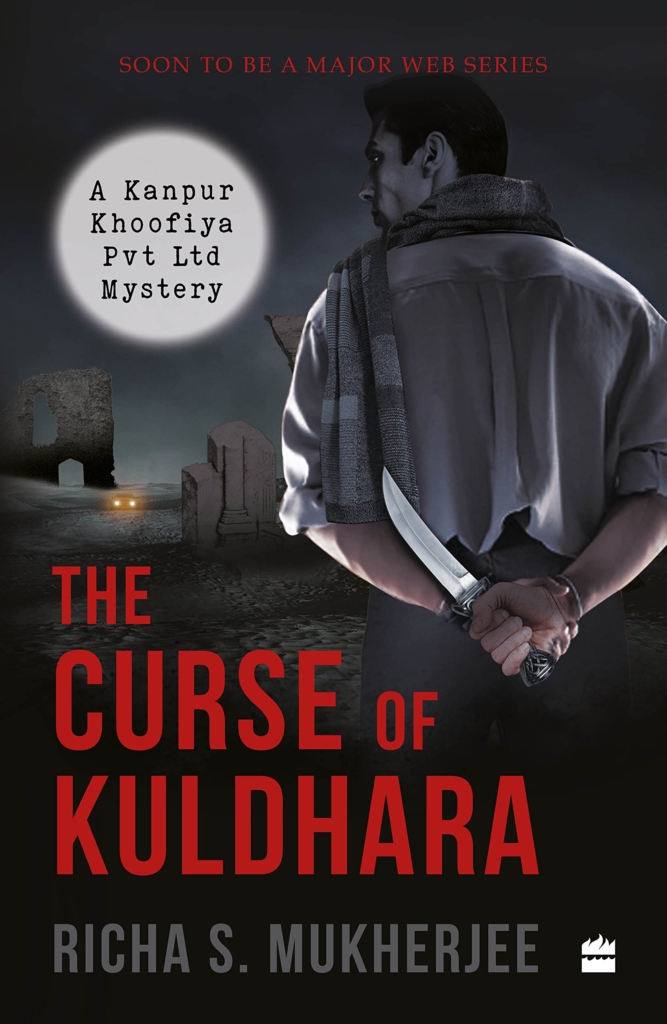
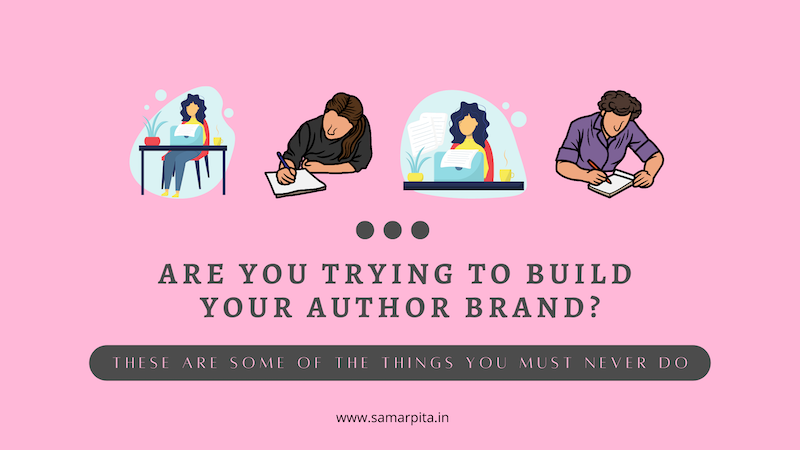
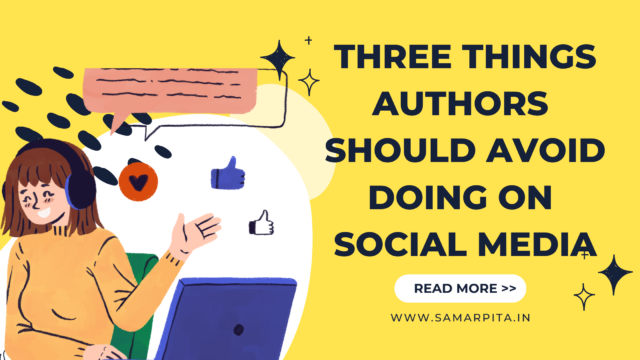


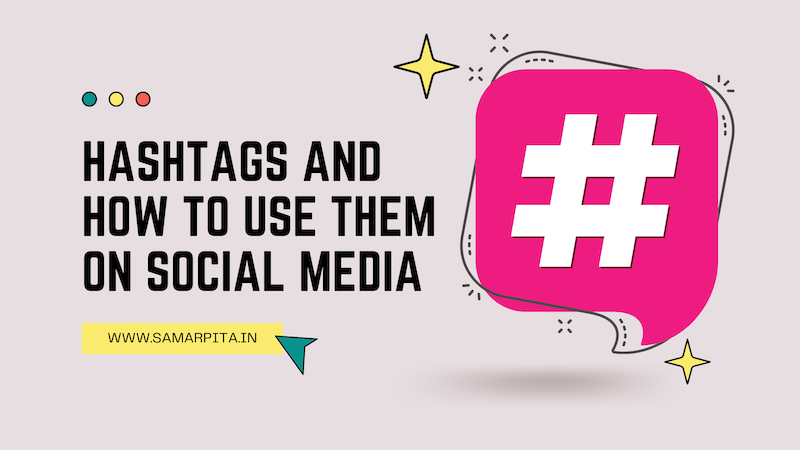
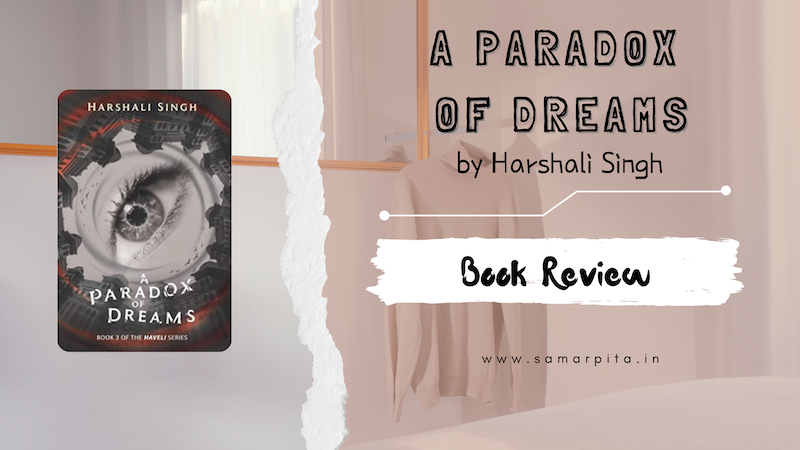
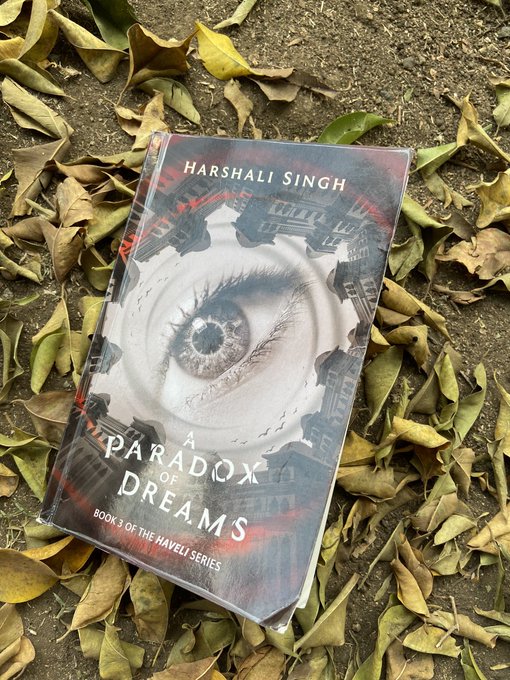
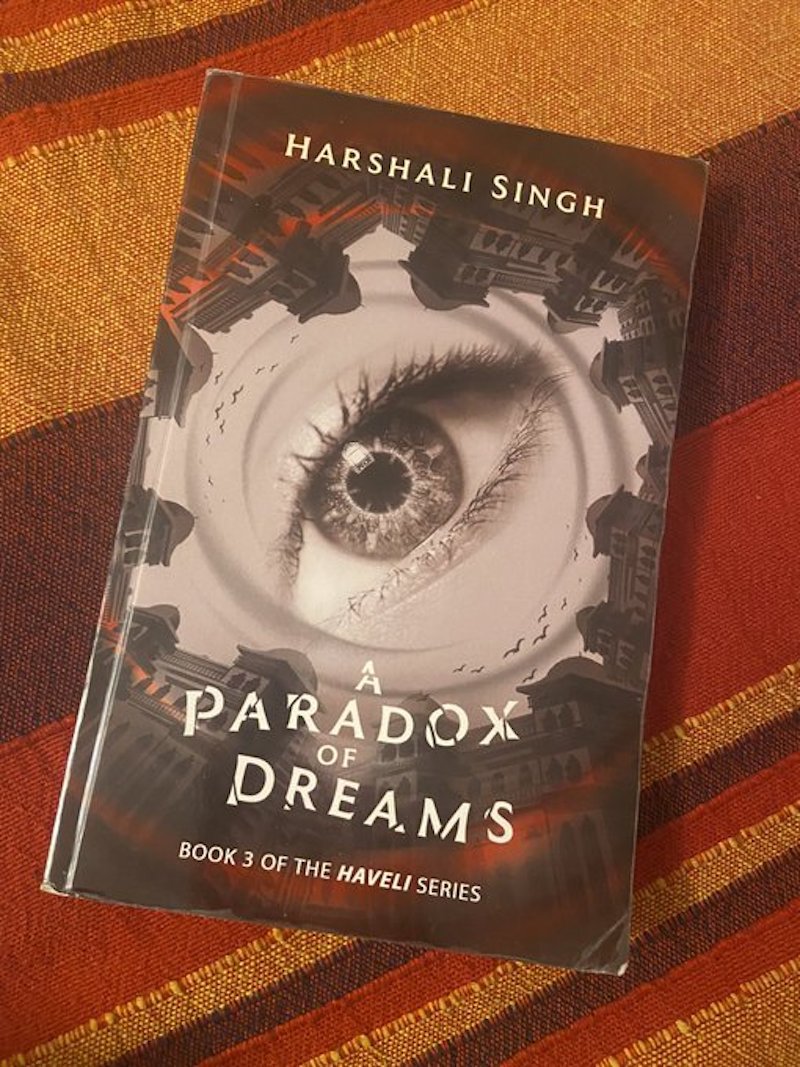
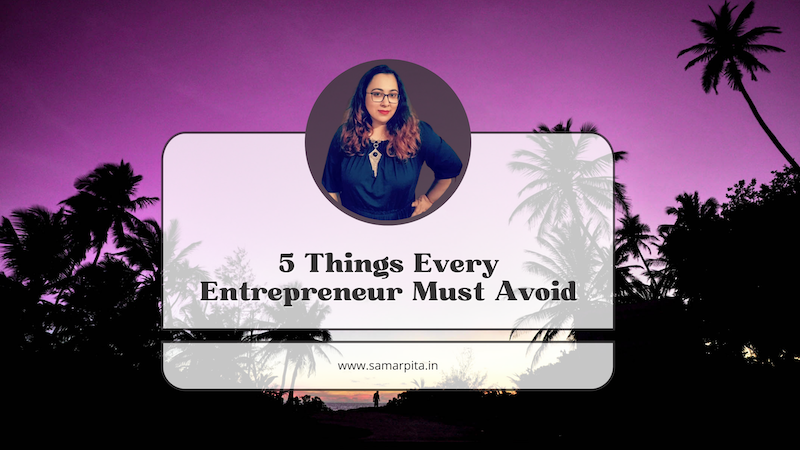
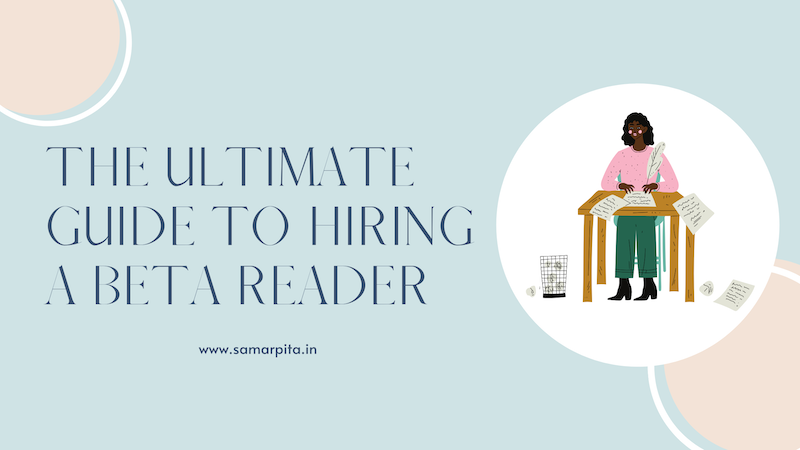
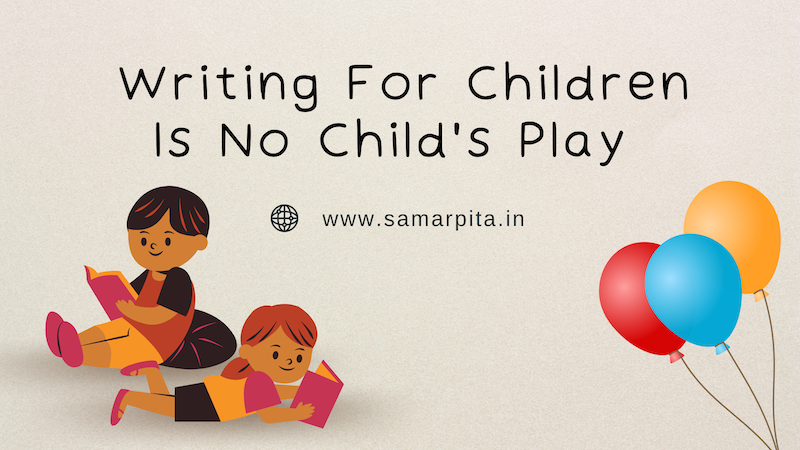
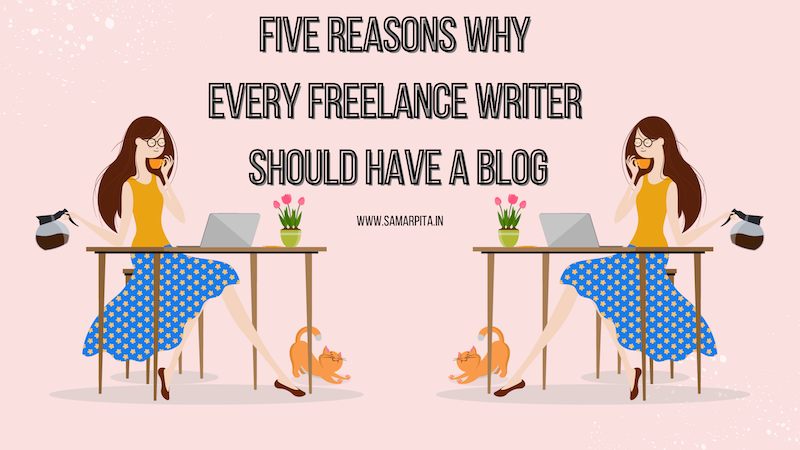
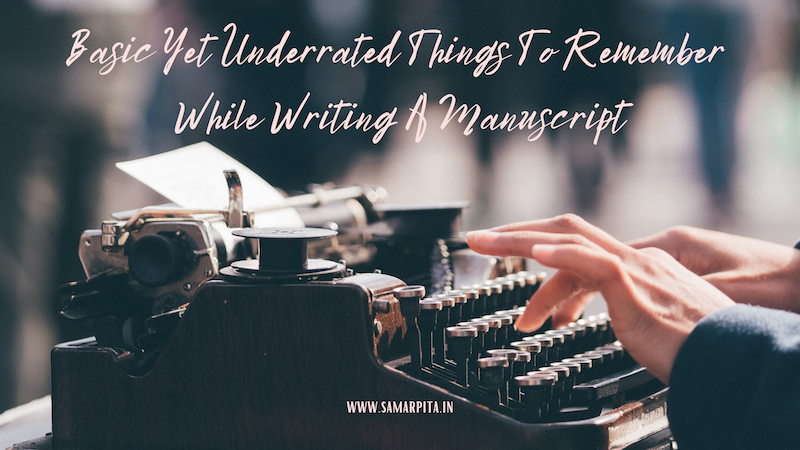

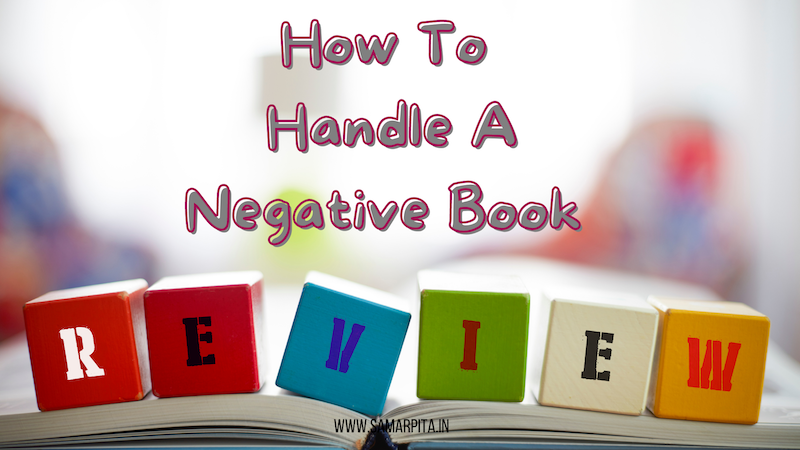
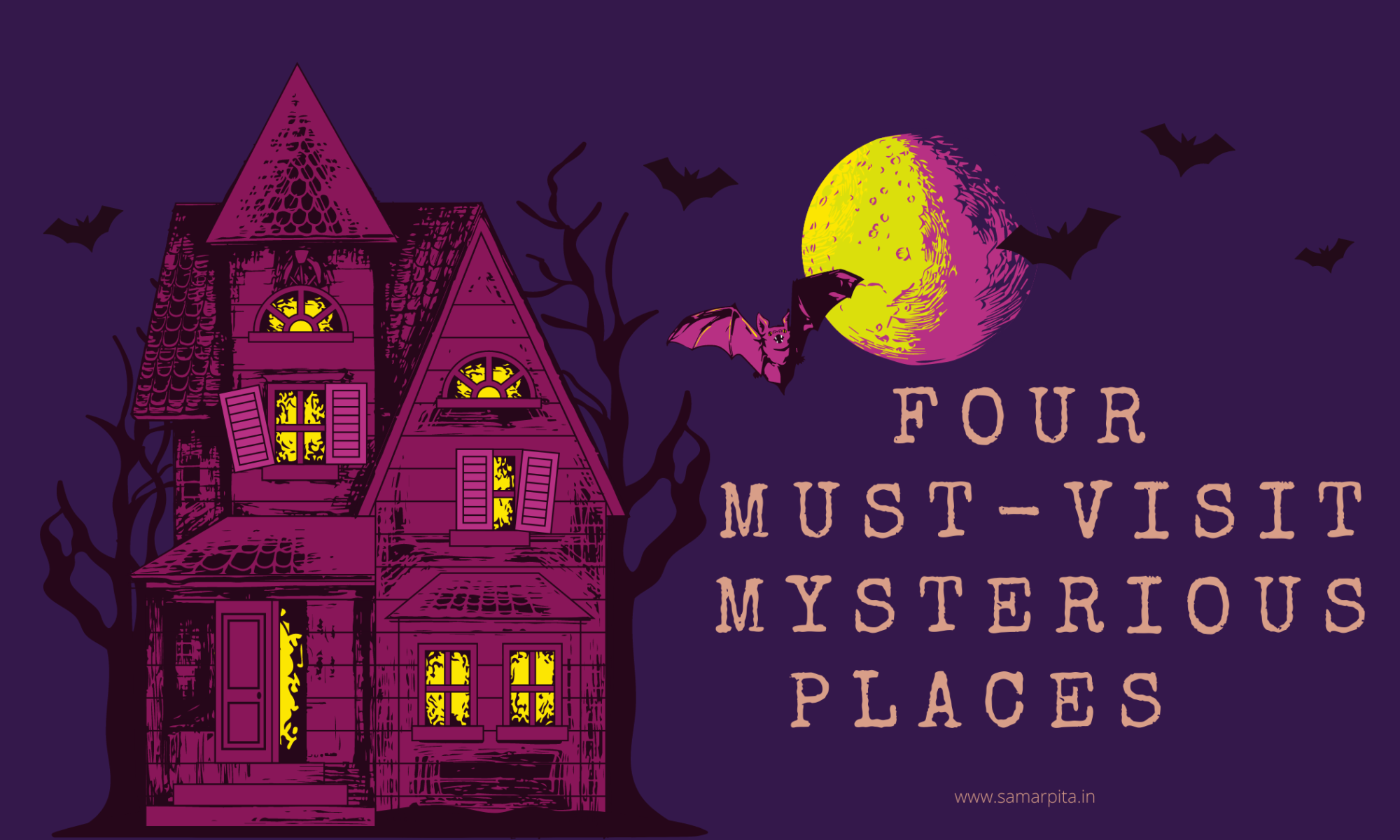
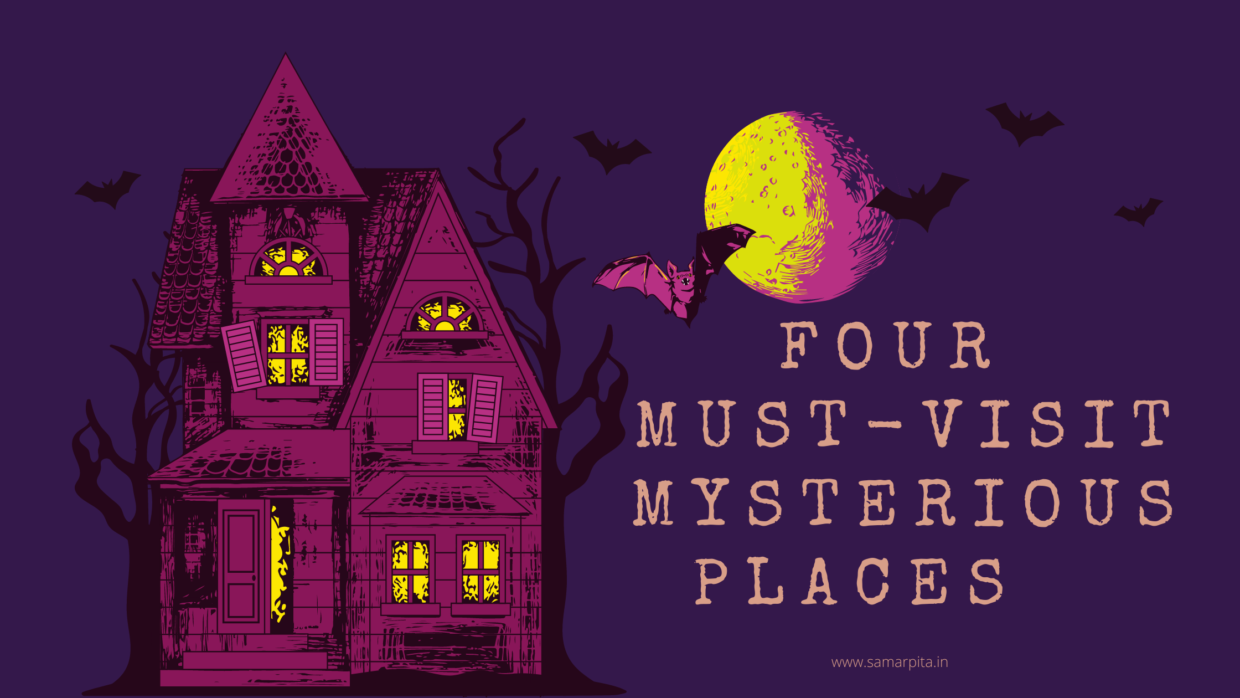


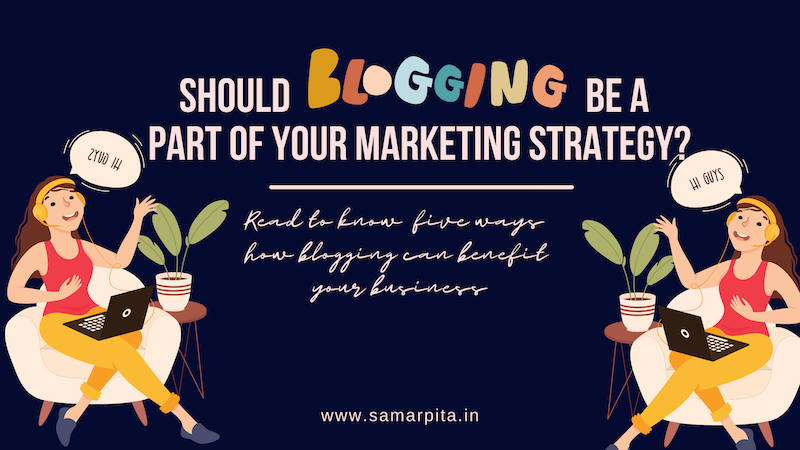

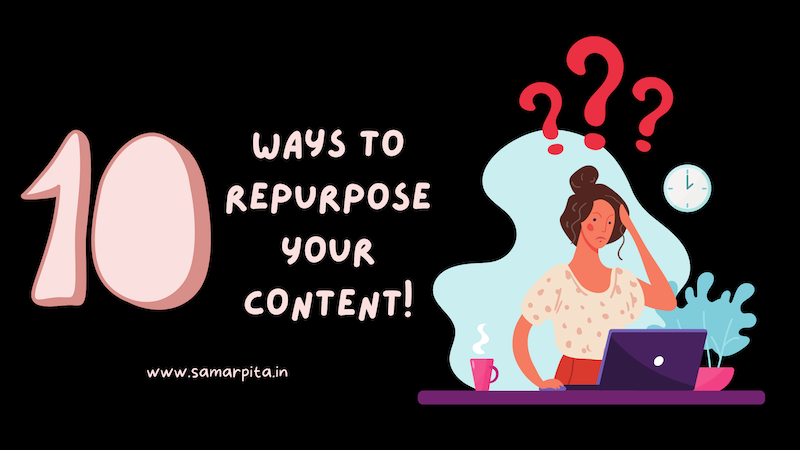
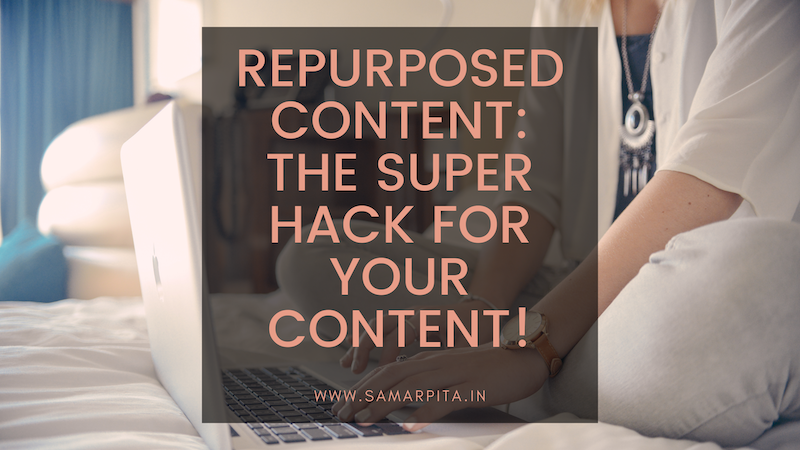






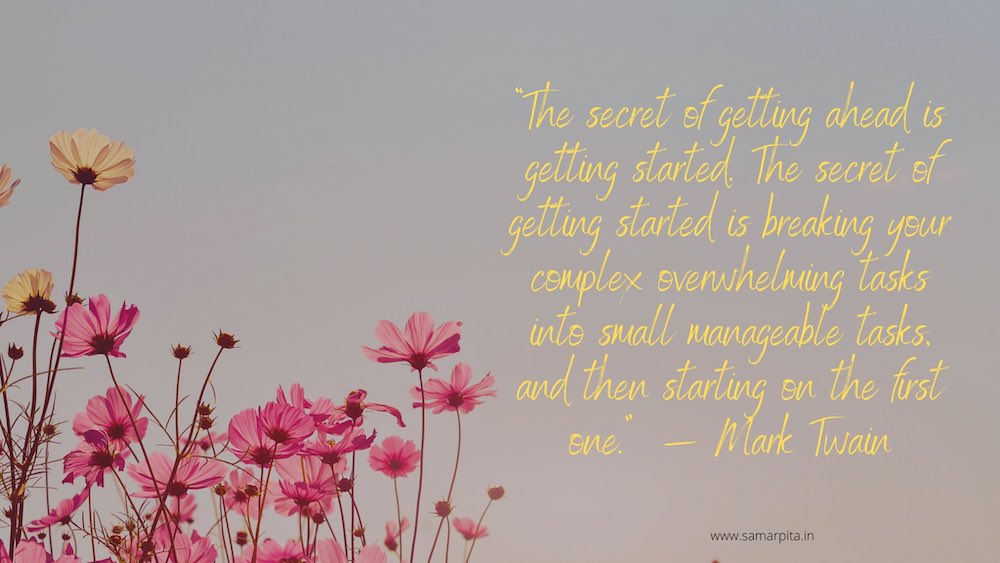

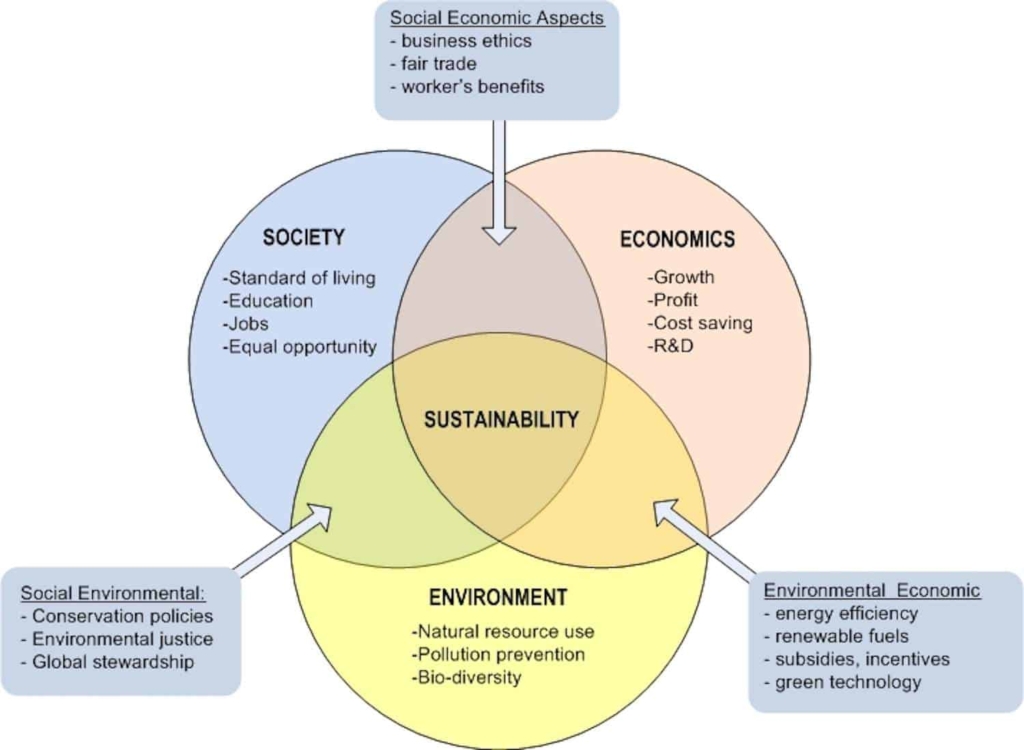
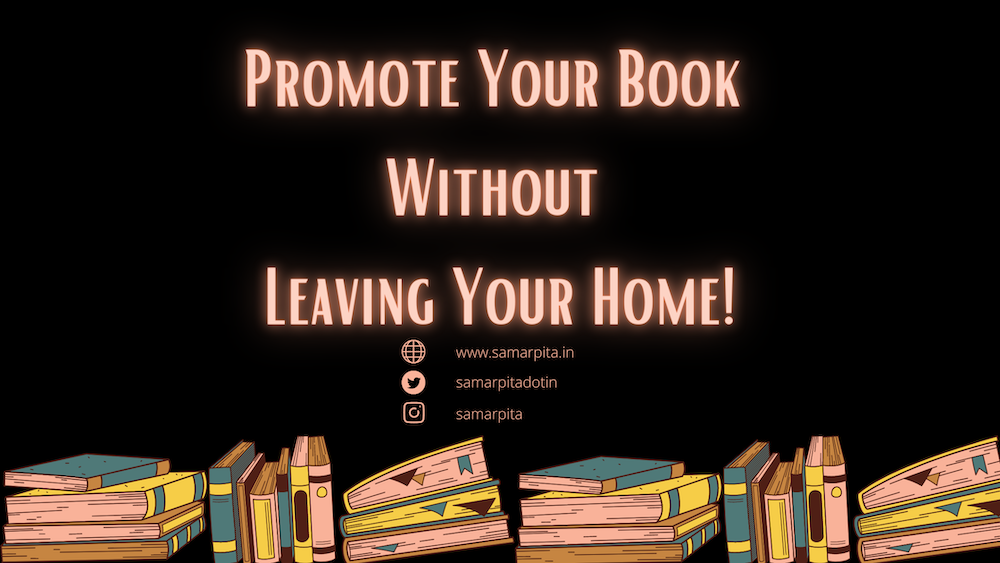
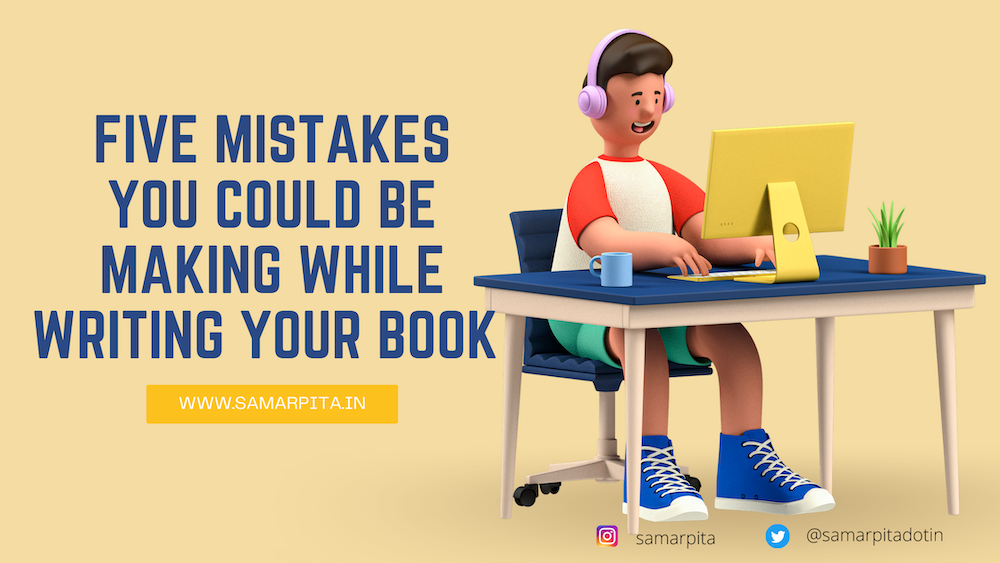
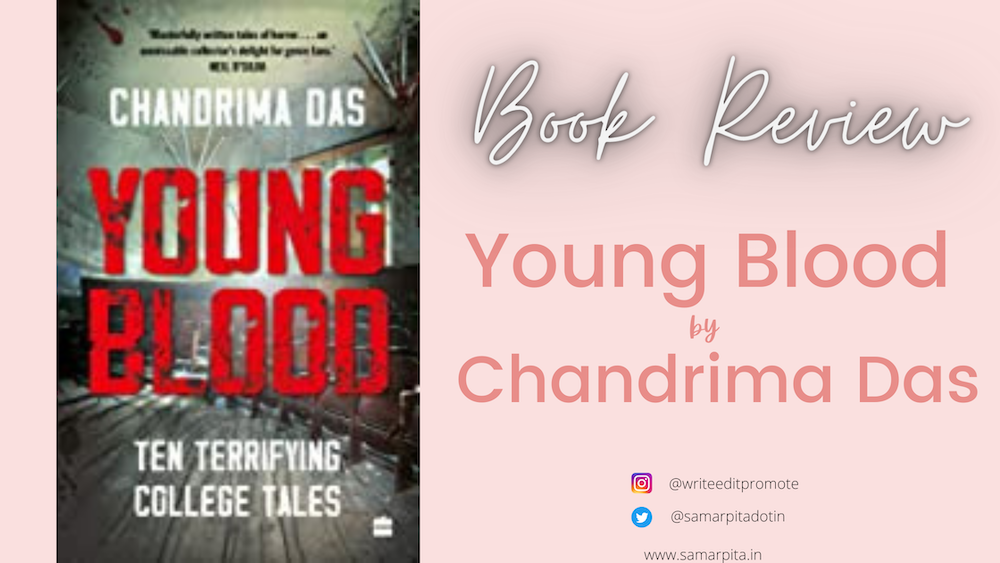
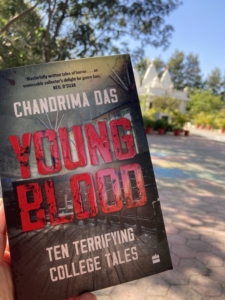 Blurb: Bored roommates use a planchette to contact a legendary ghost that haunts Pune University. Will she answer?
Blurb: Bored roommates use a planchette to contact a legendary ghost that haunts Pune University. Will she answer?